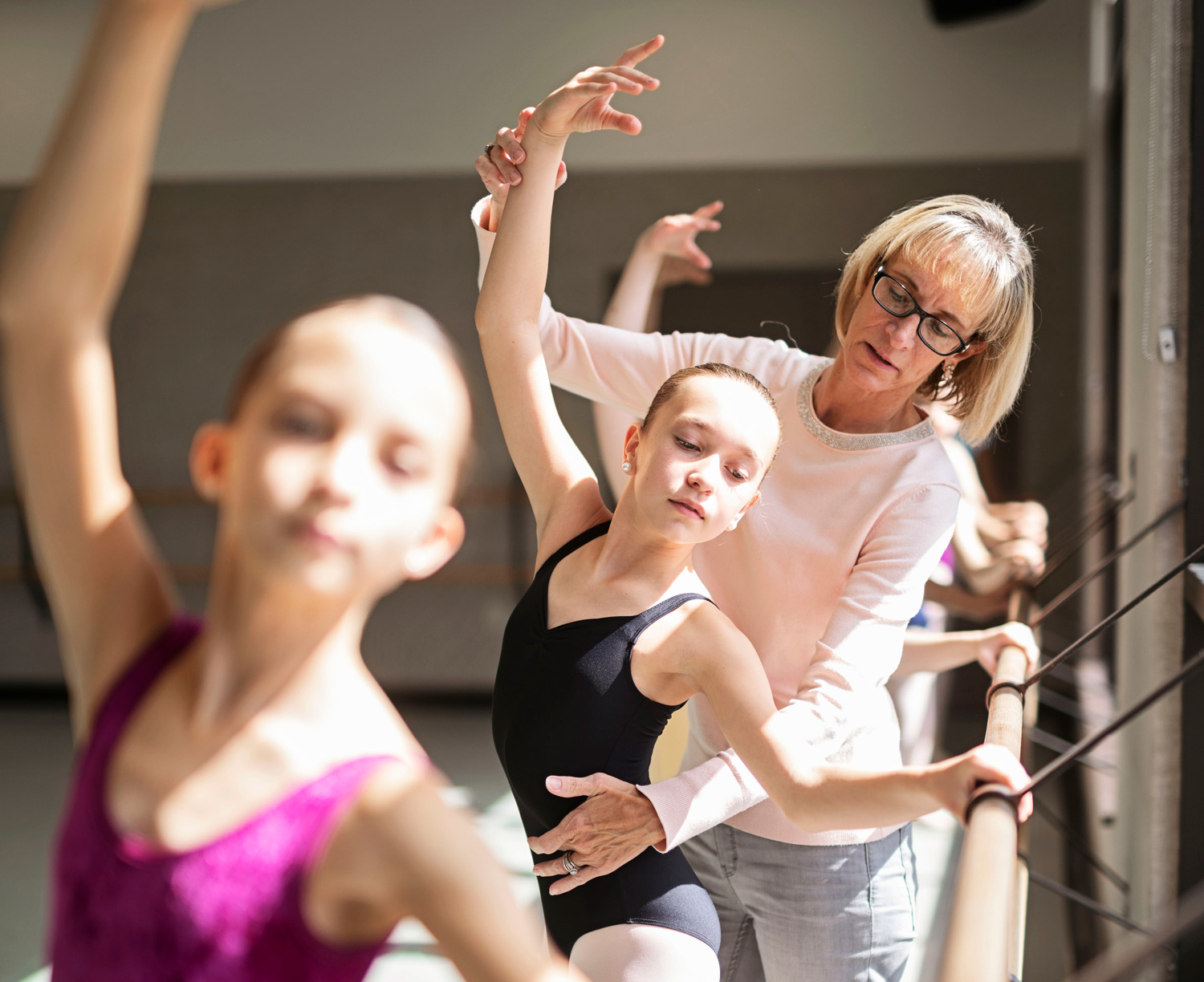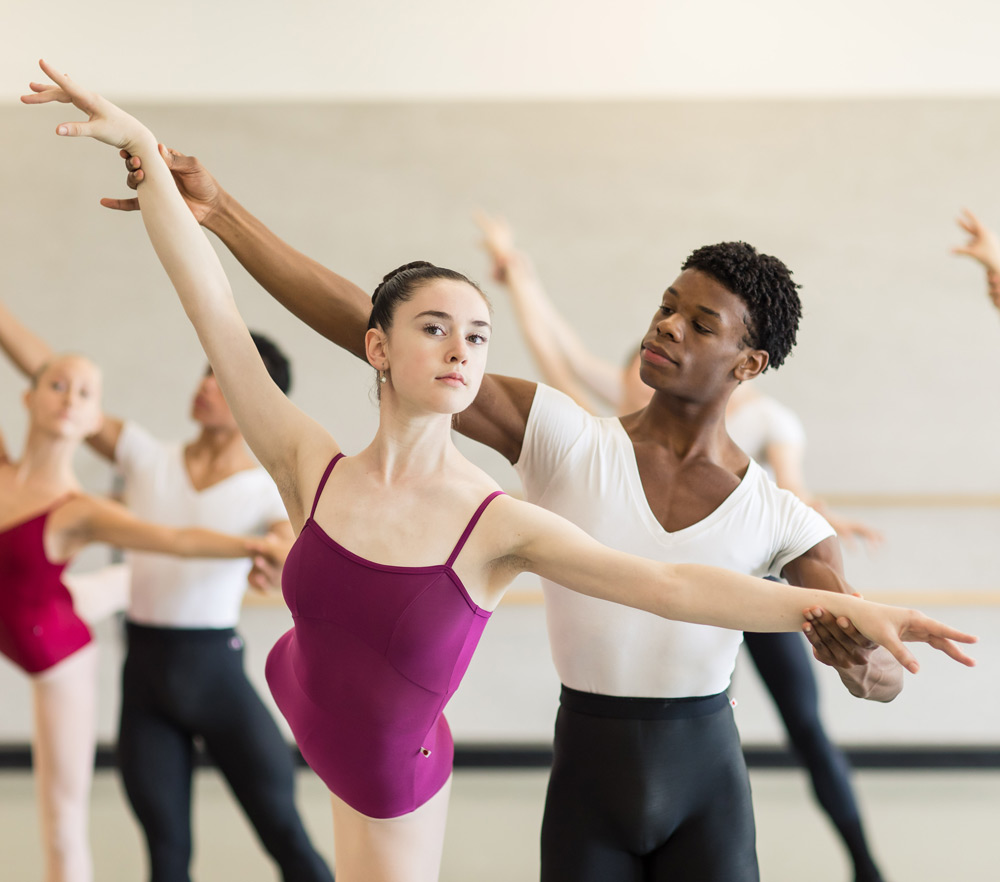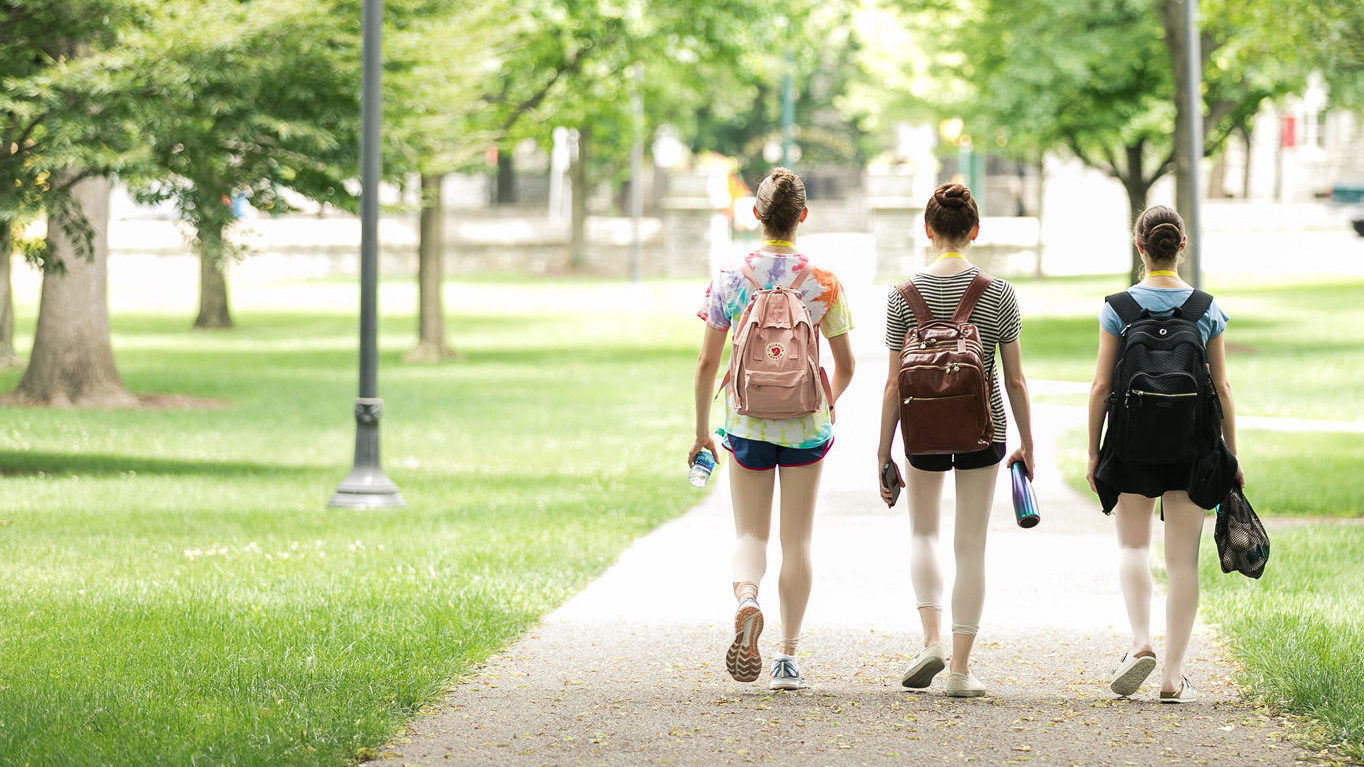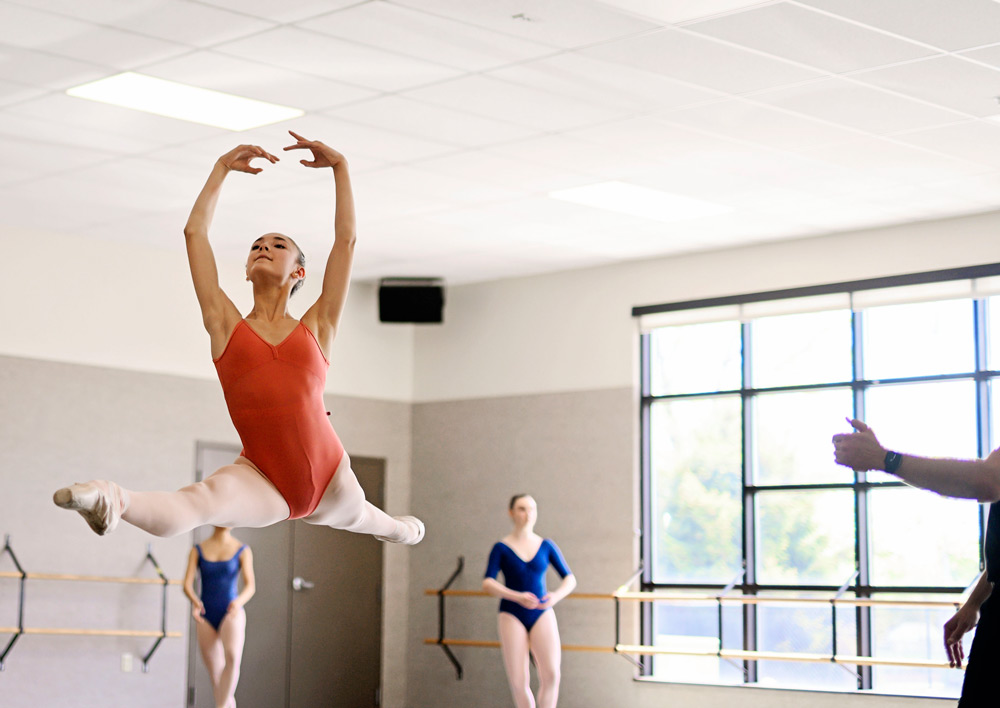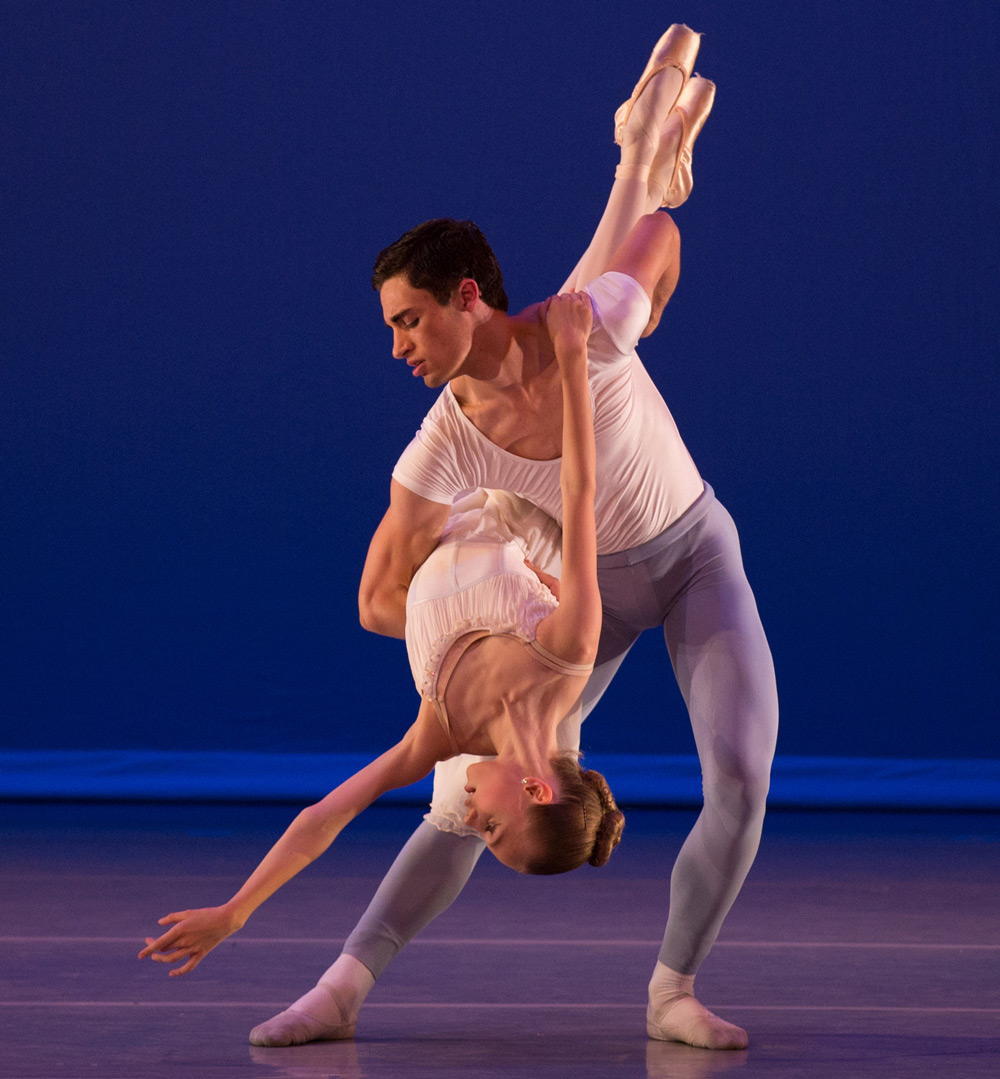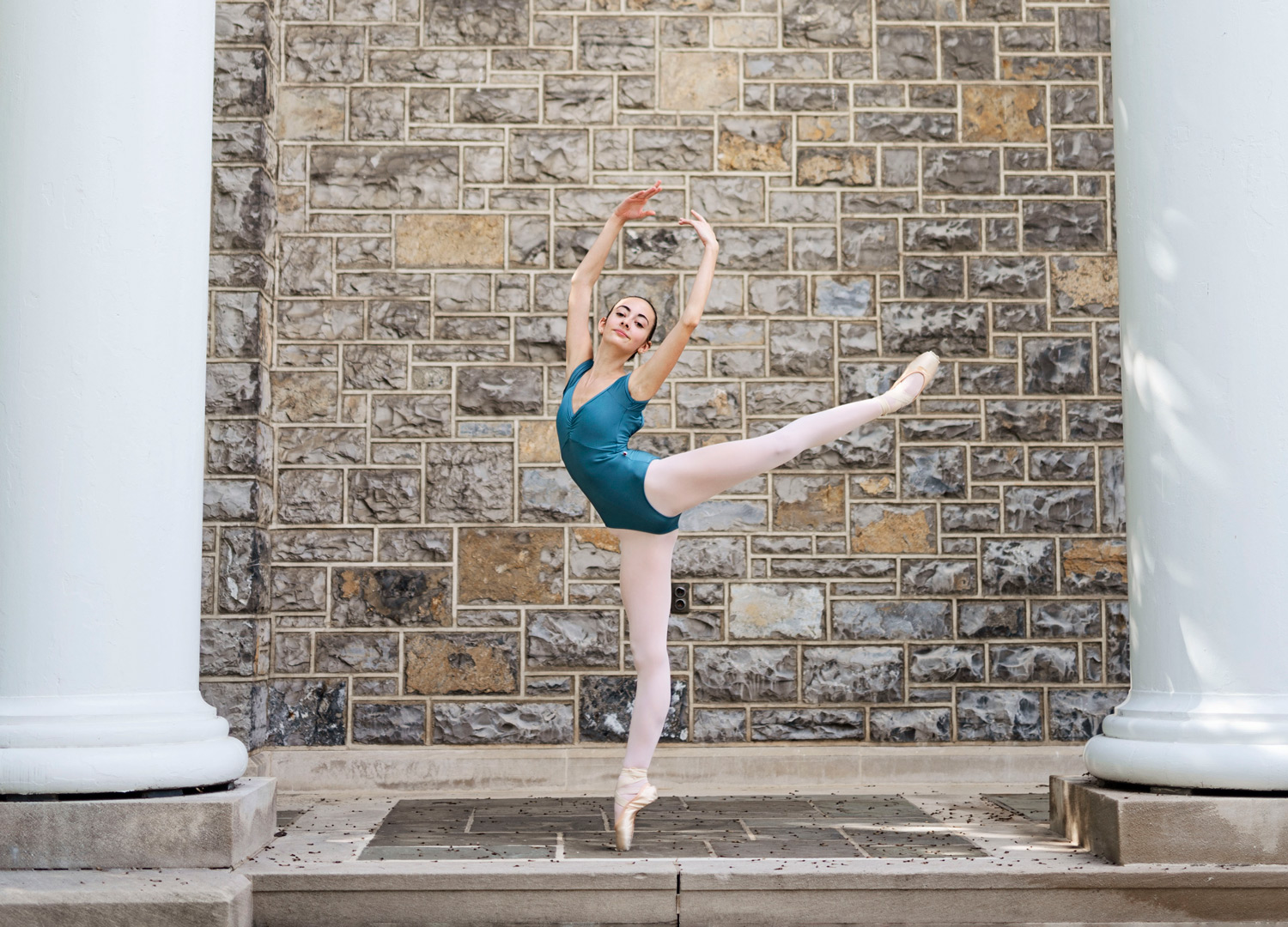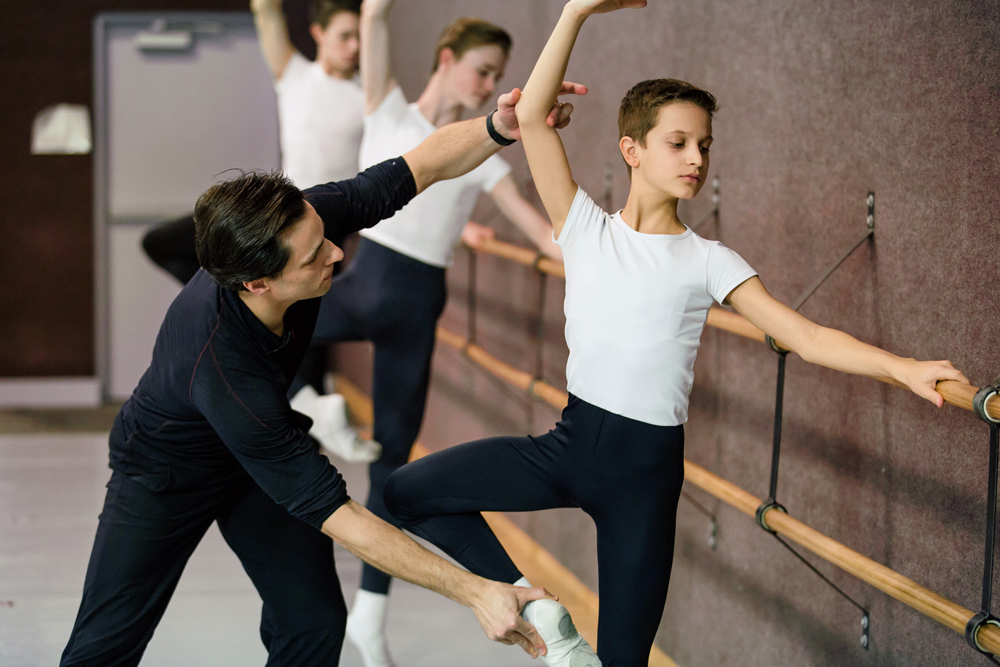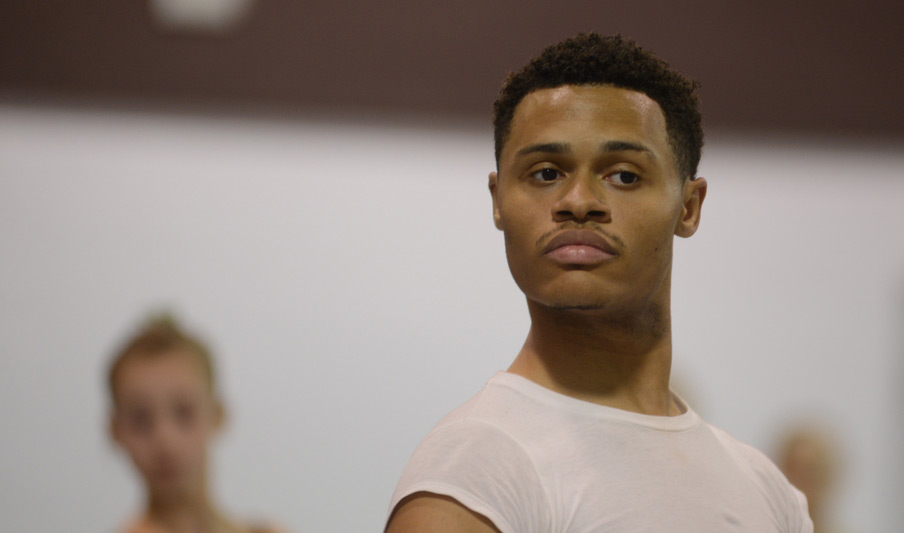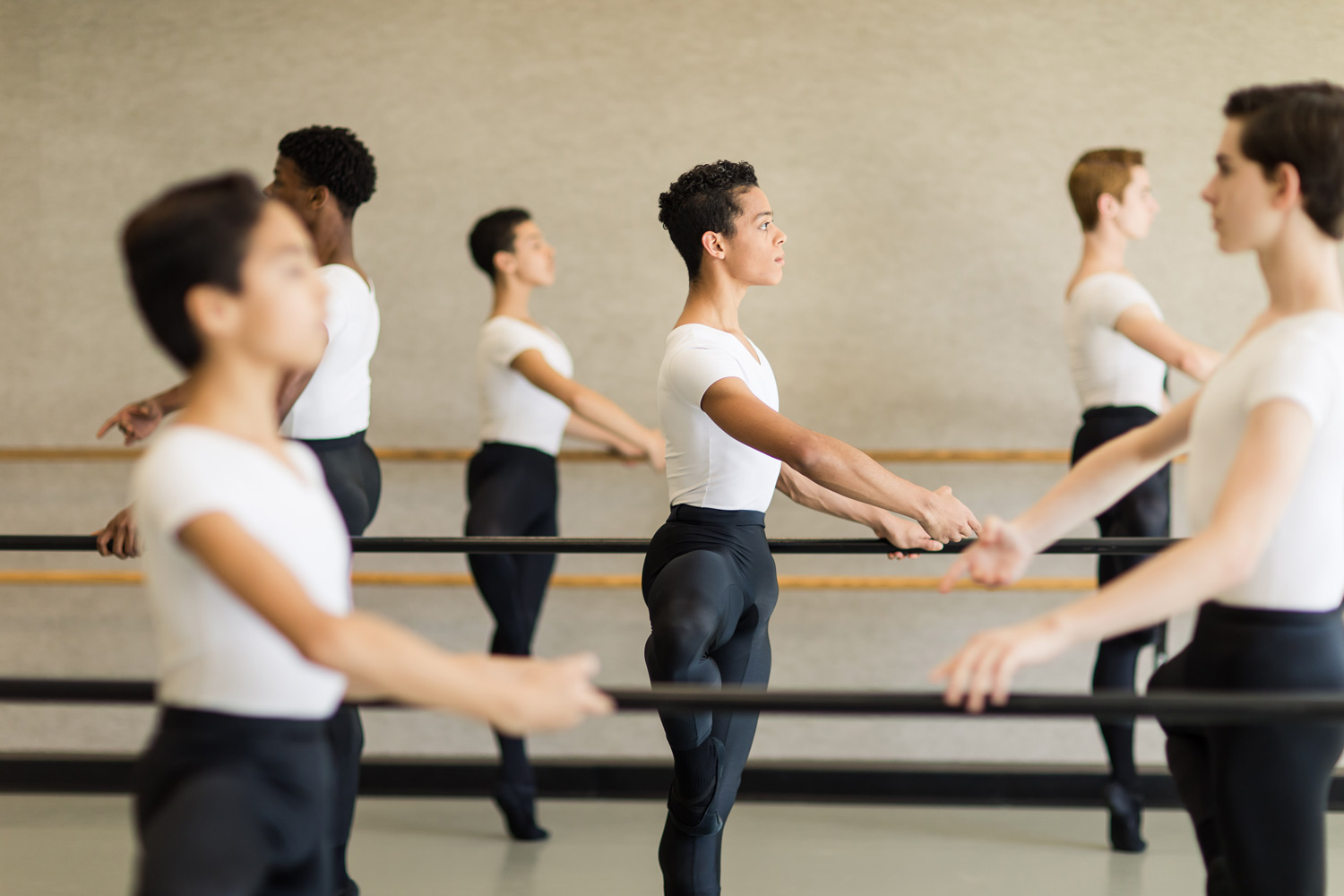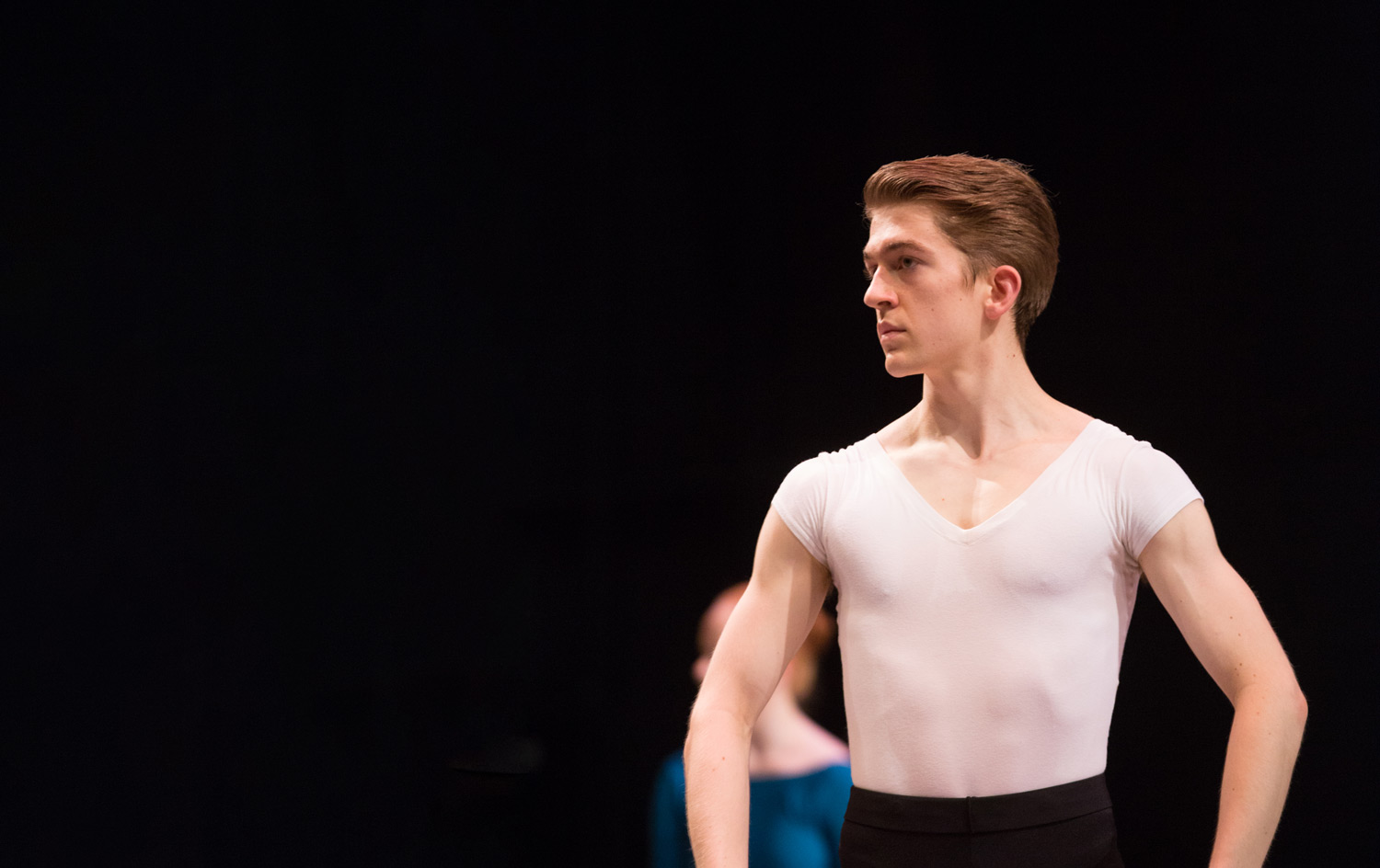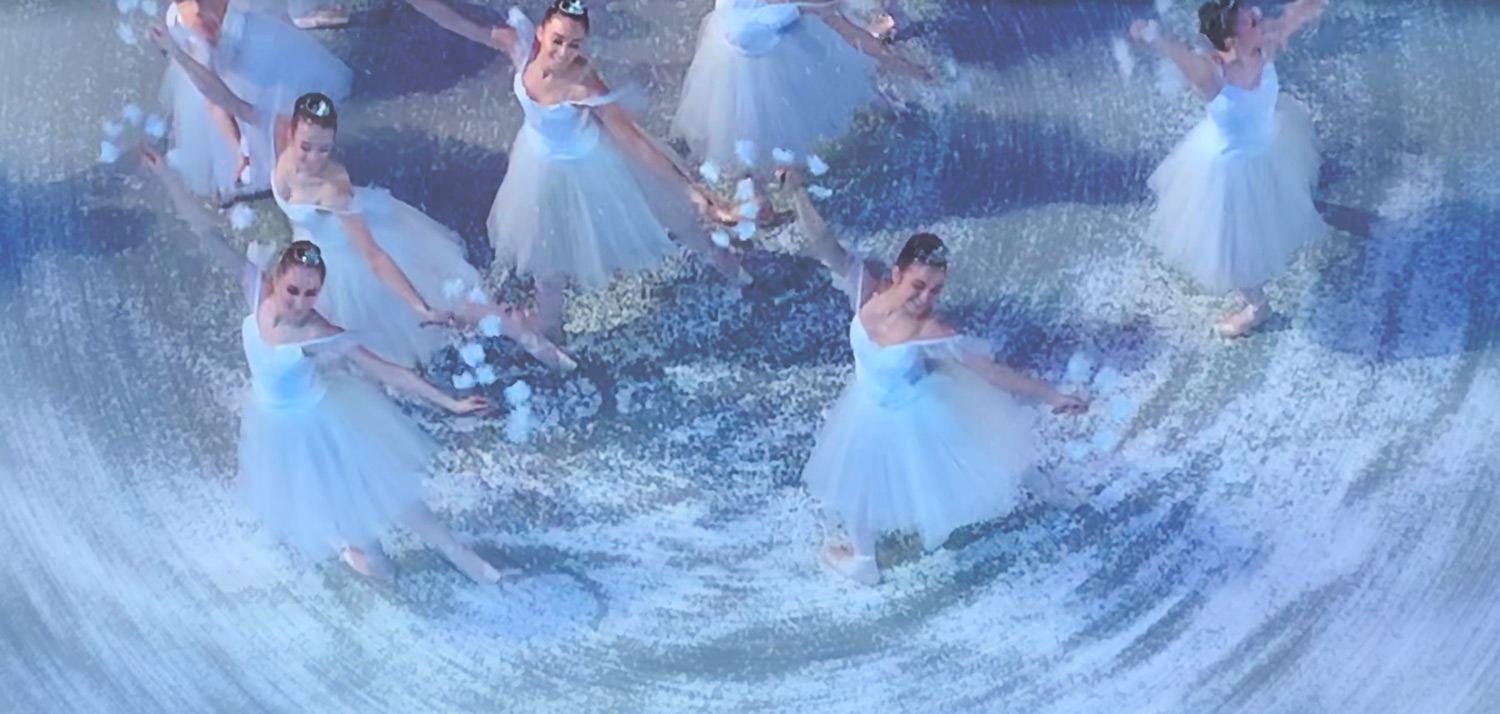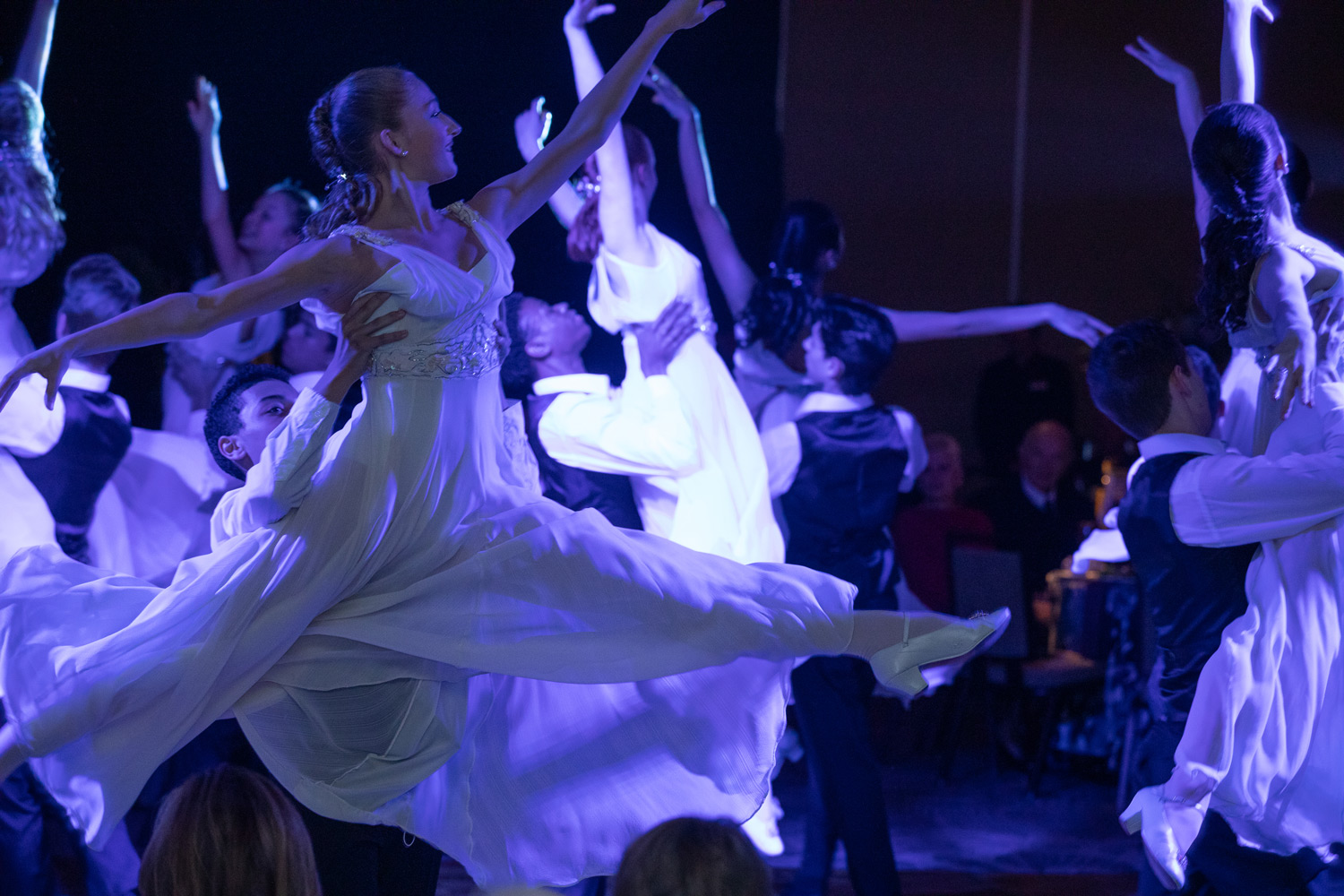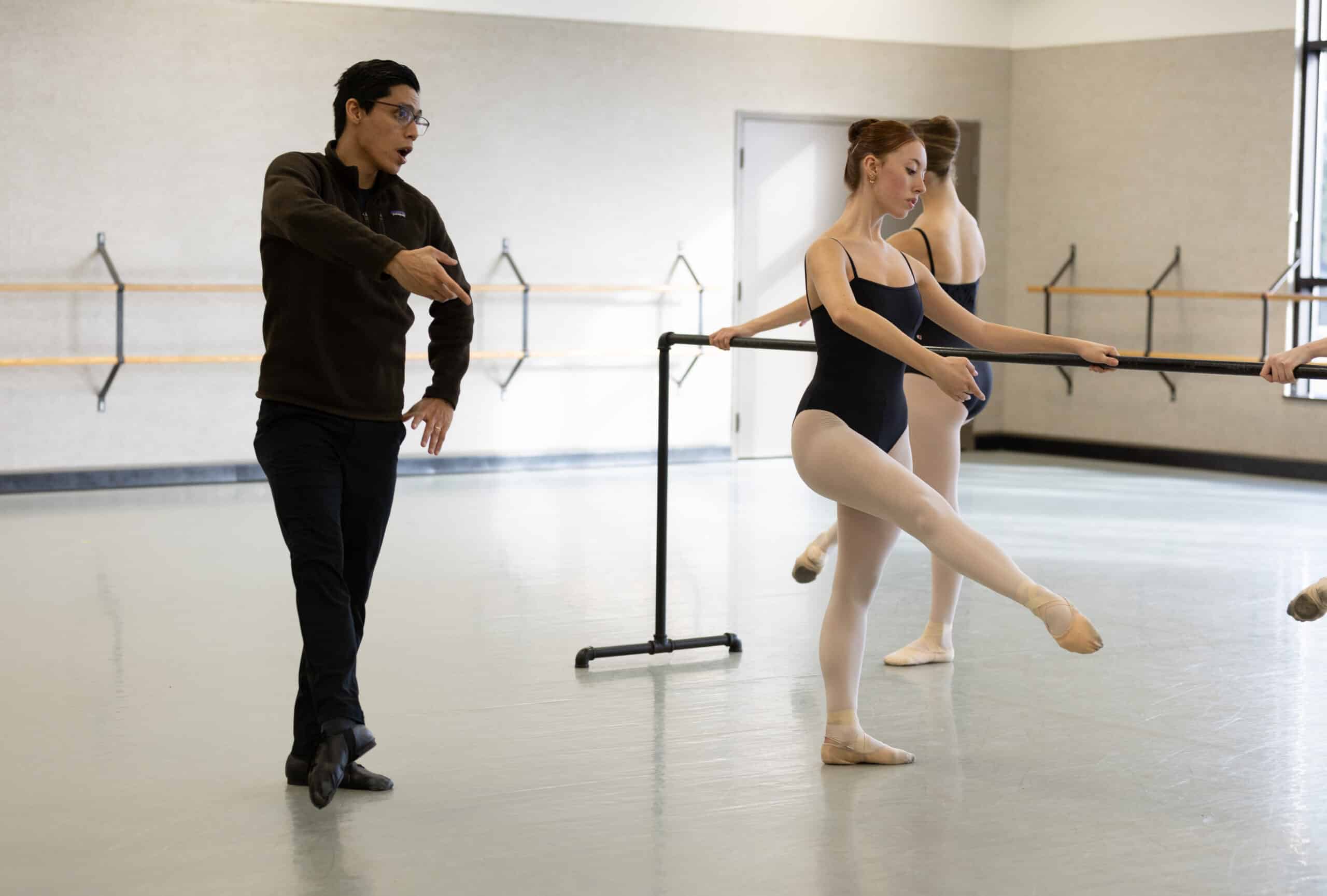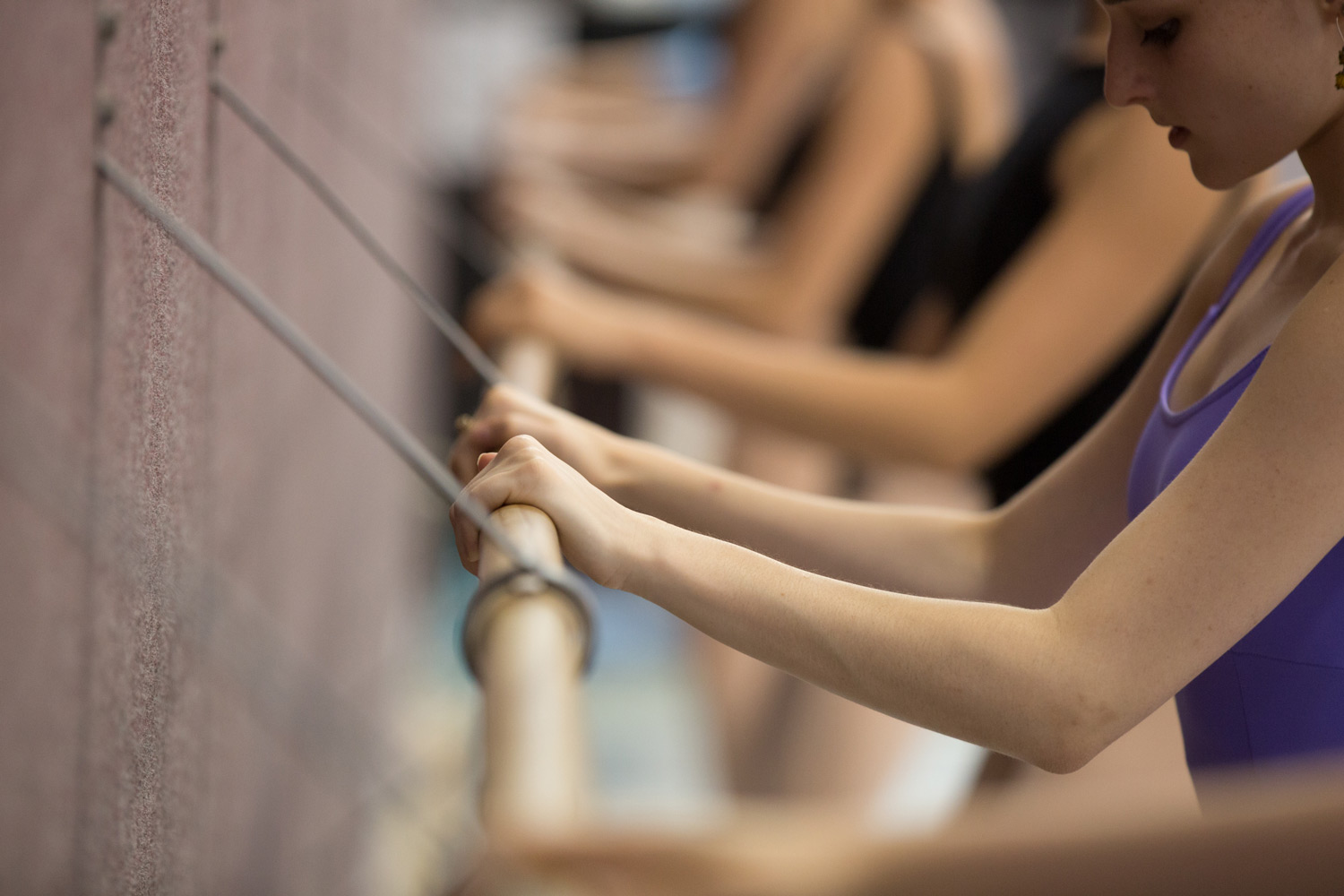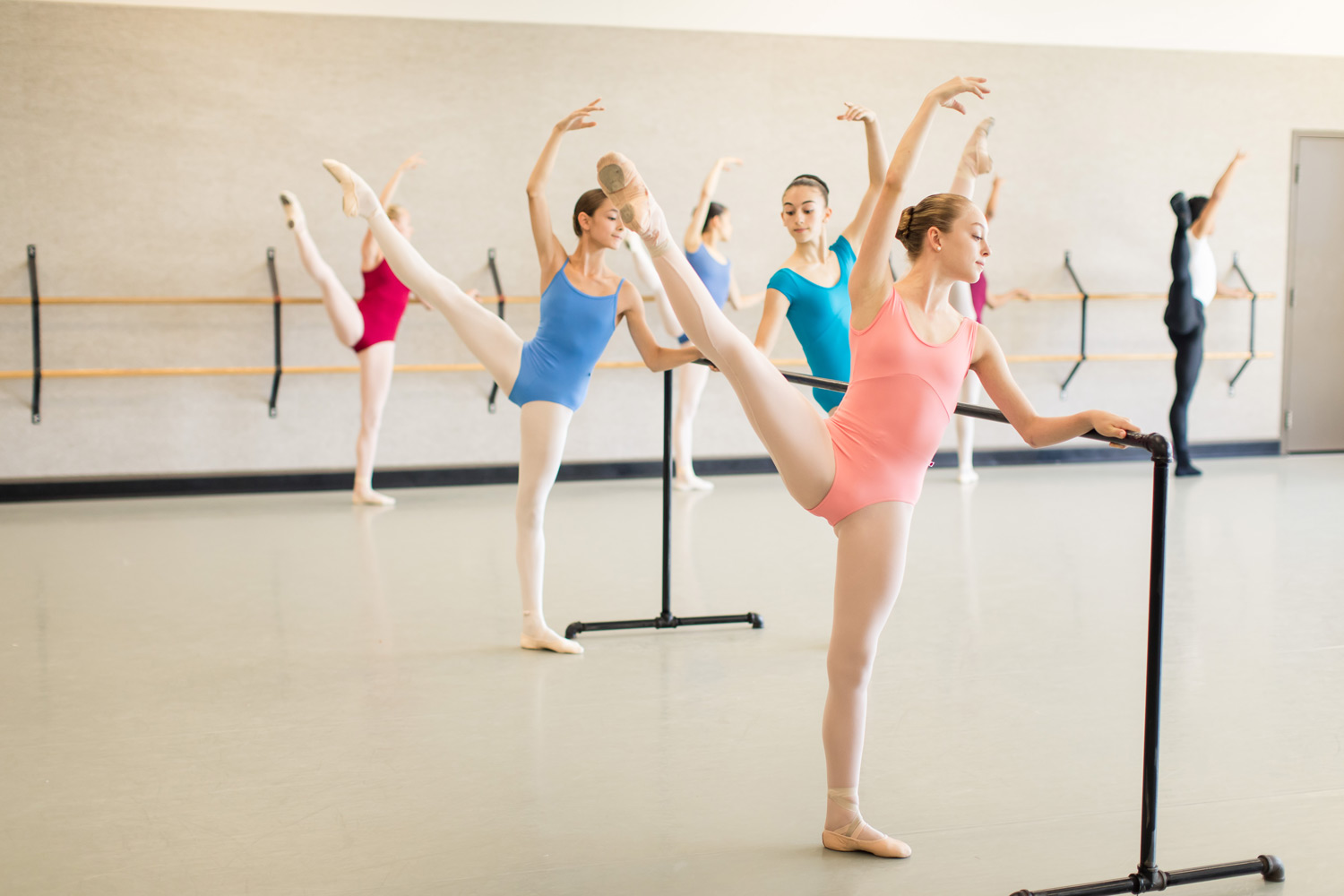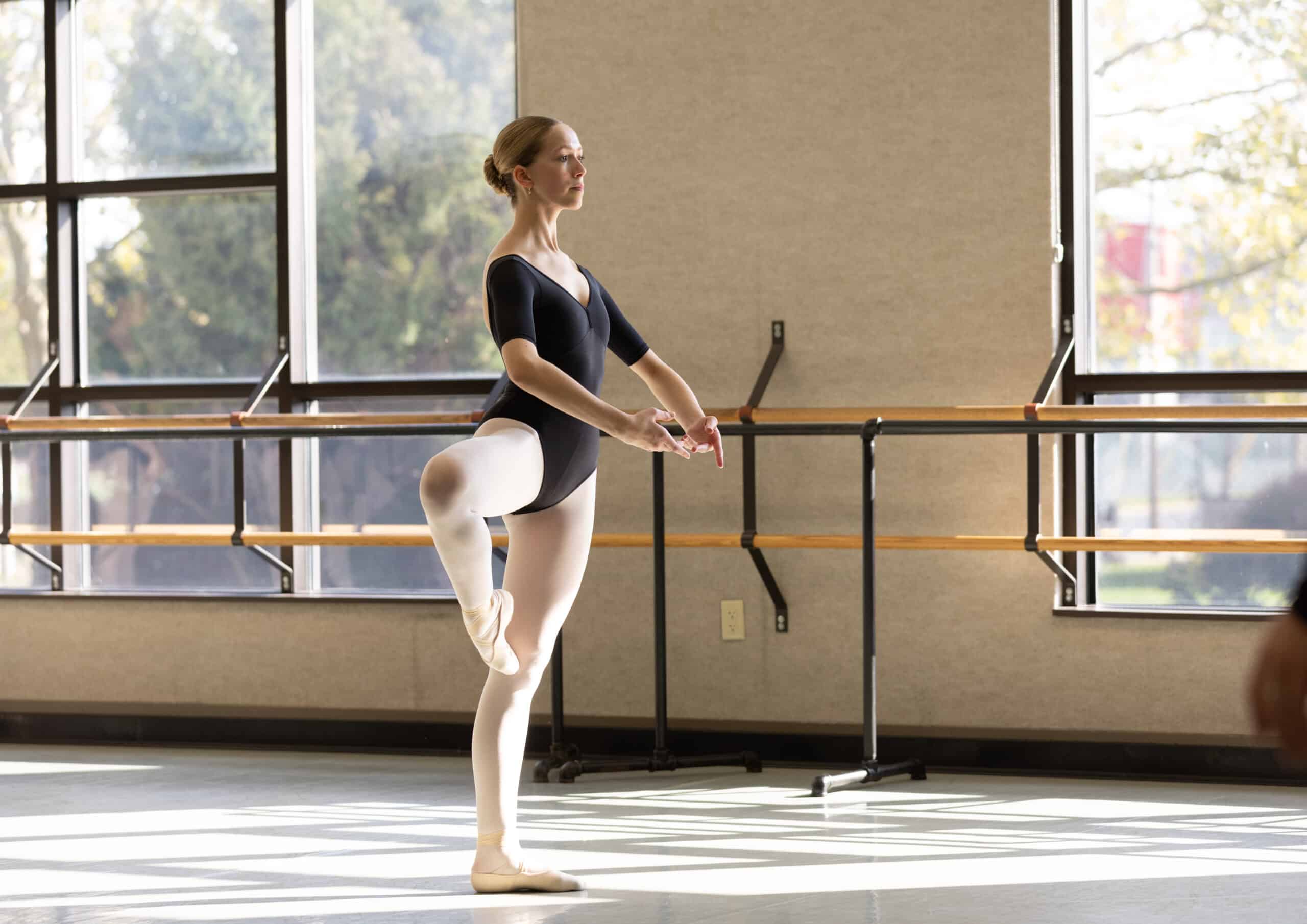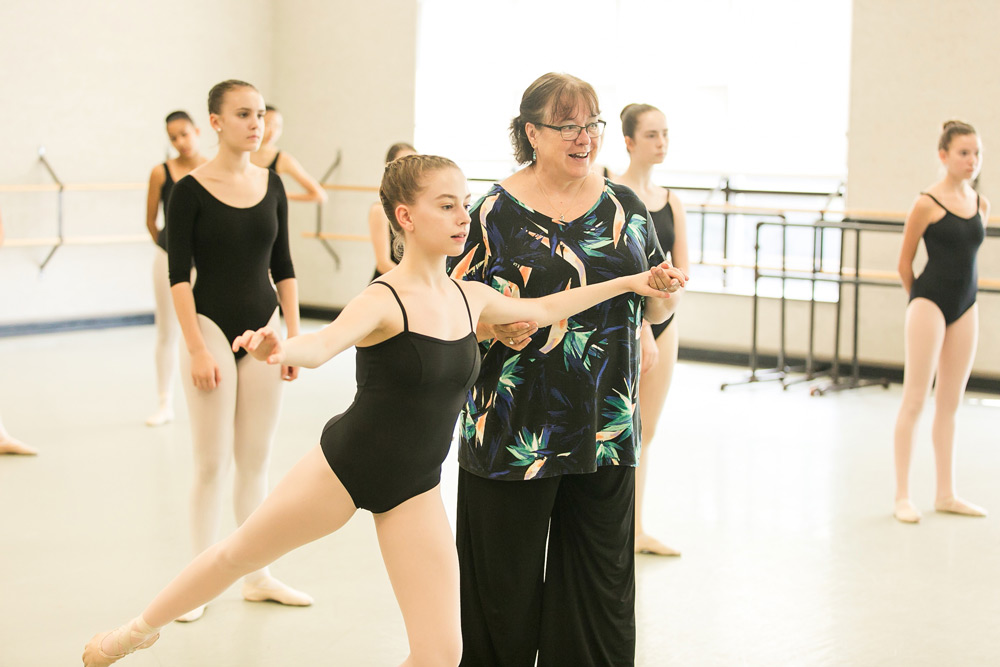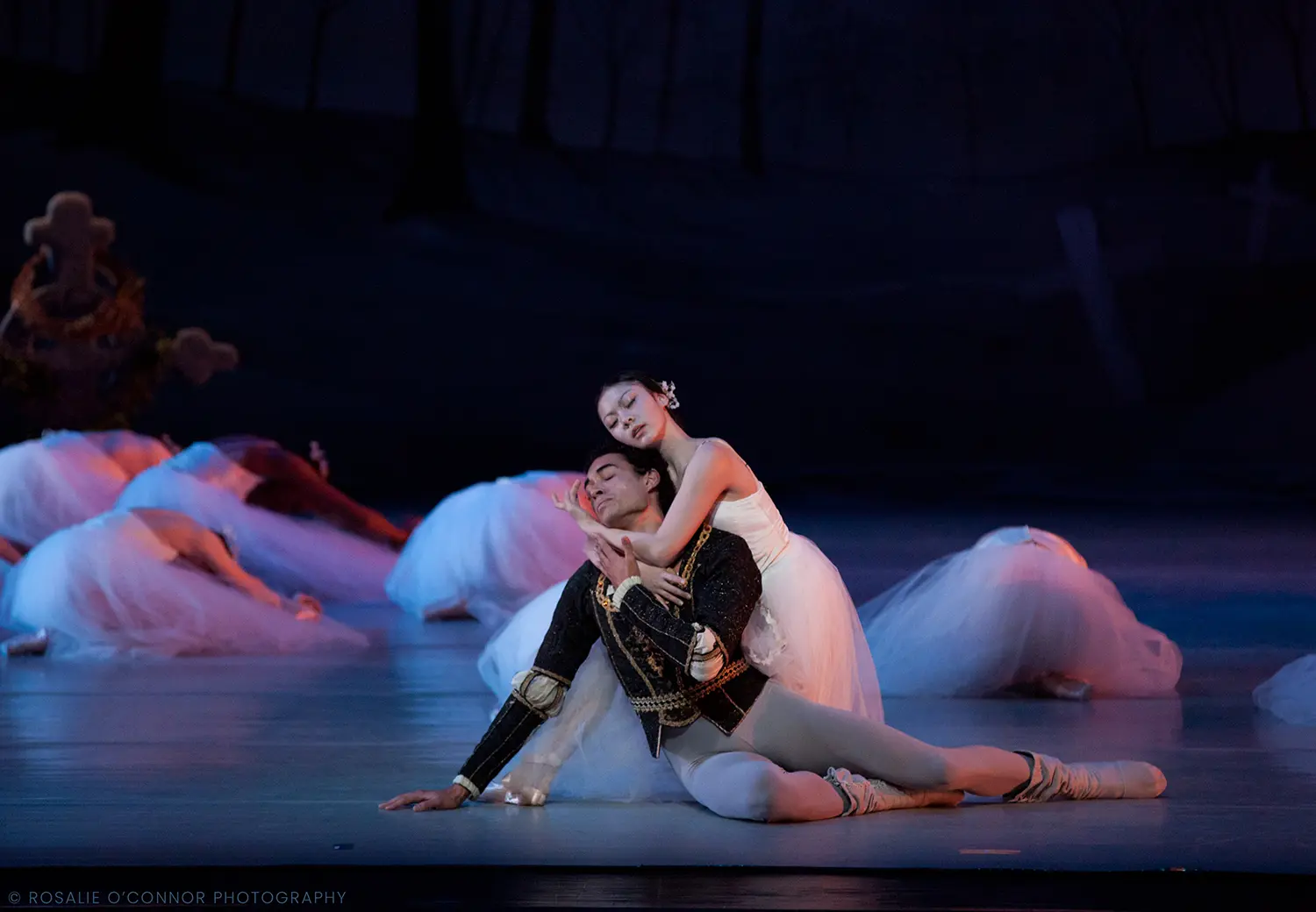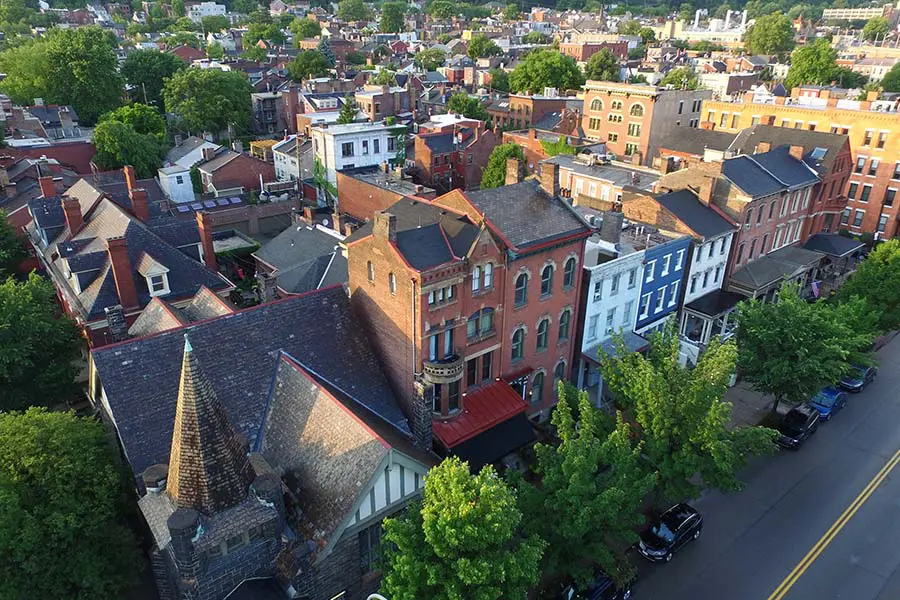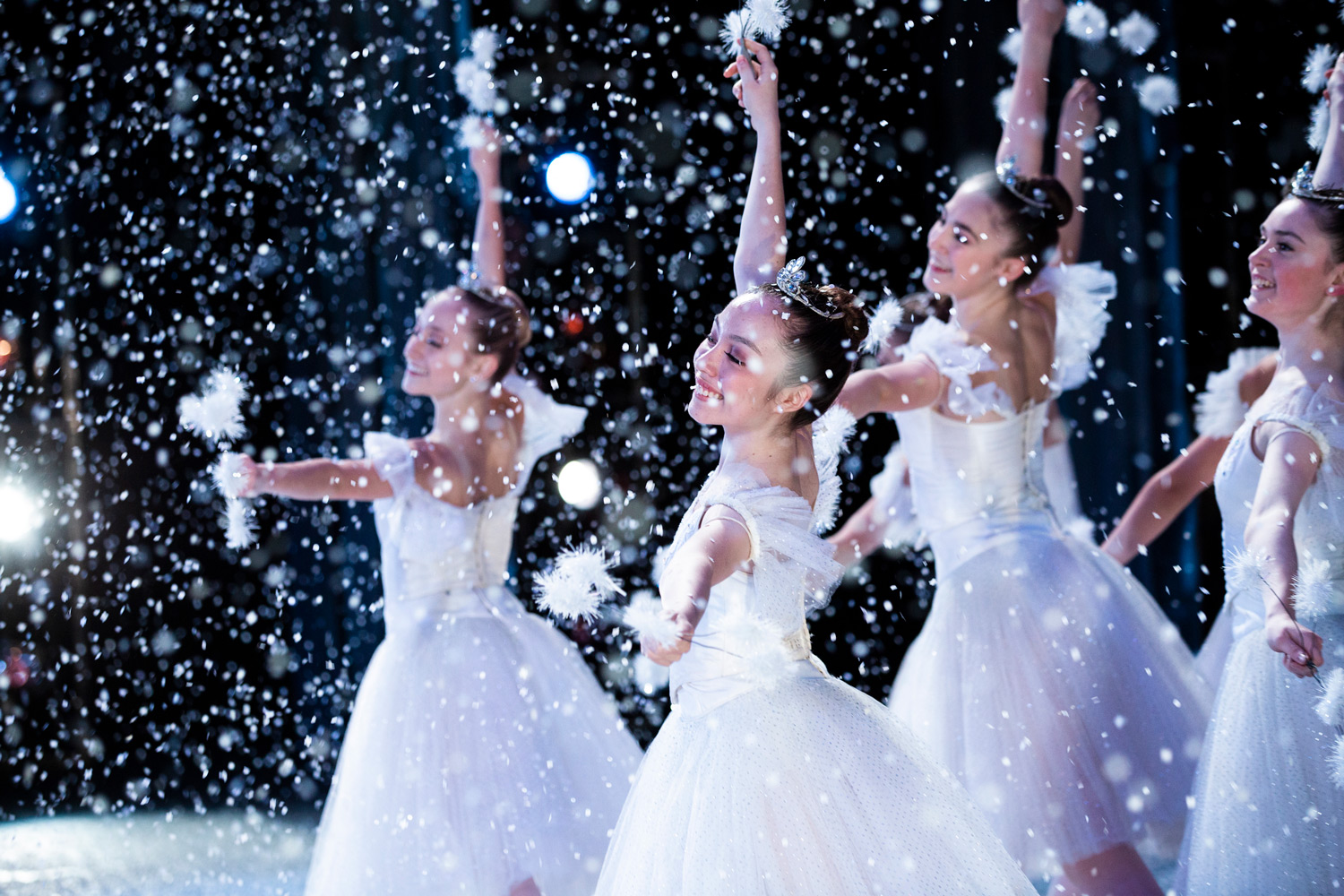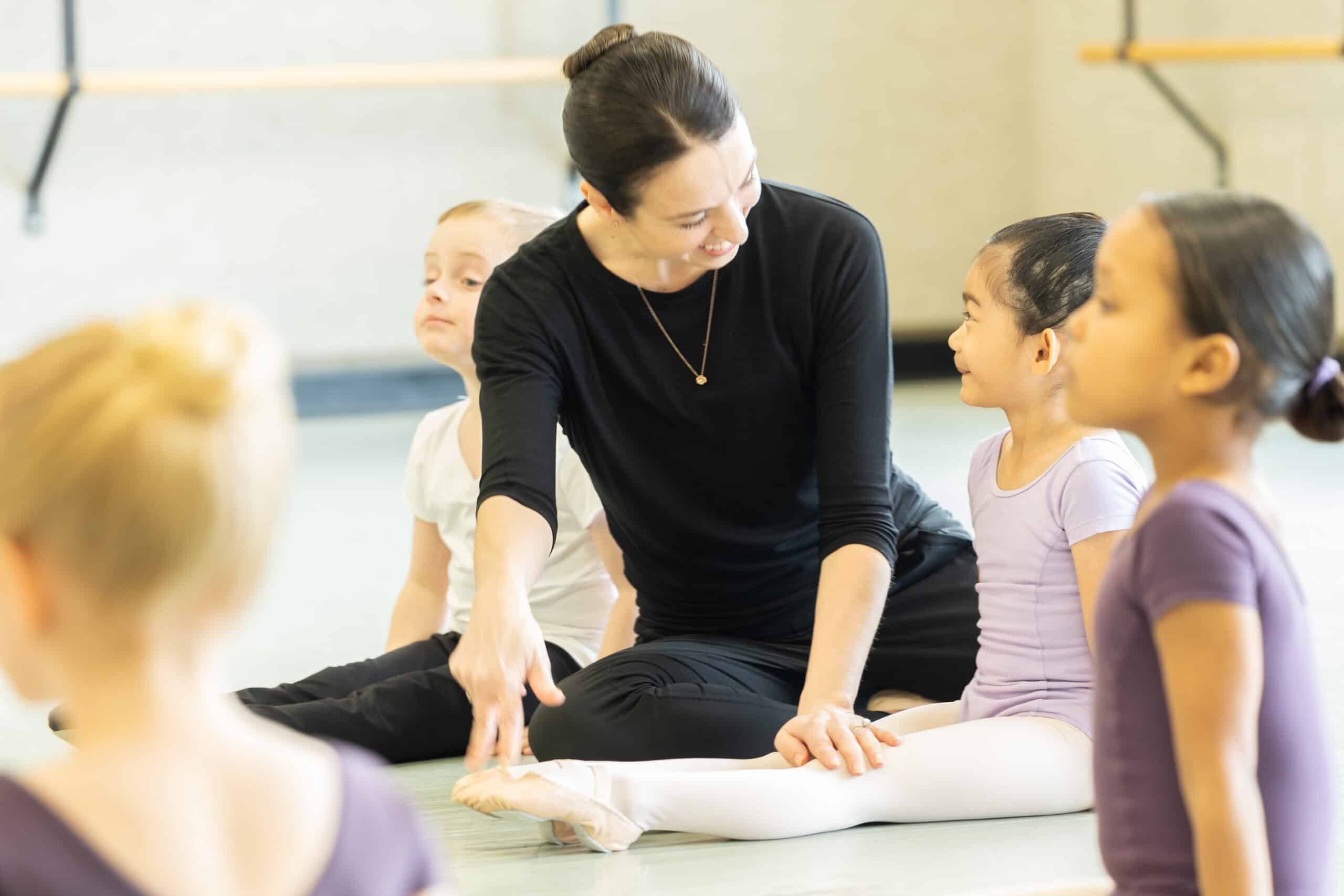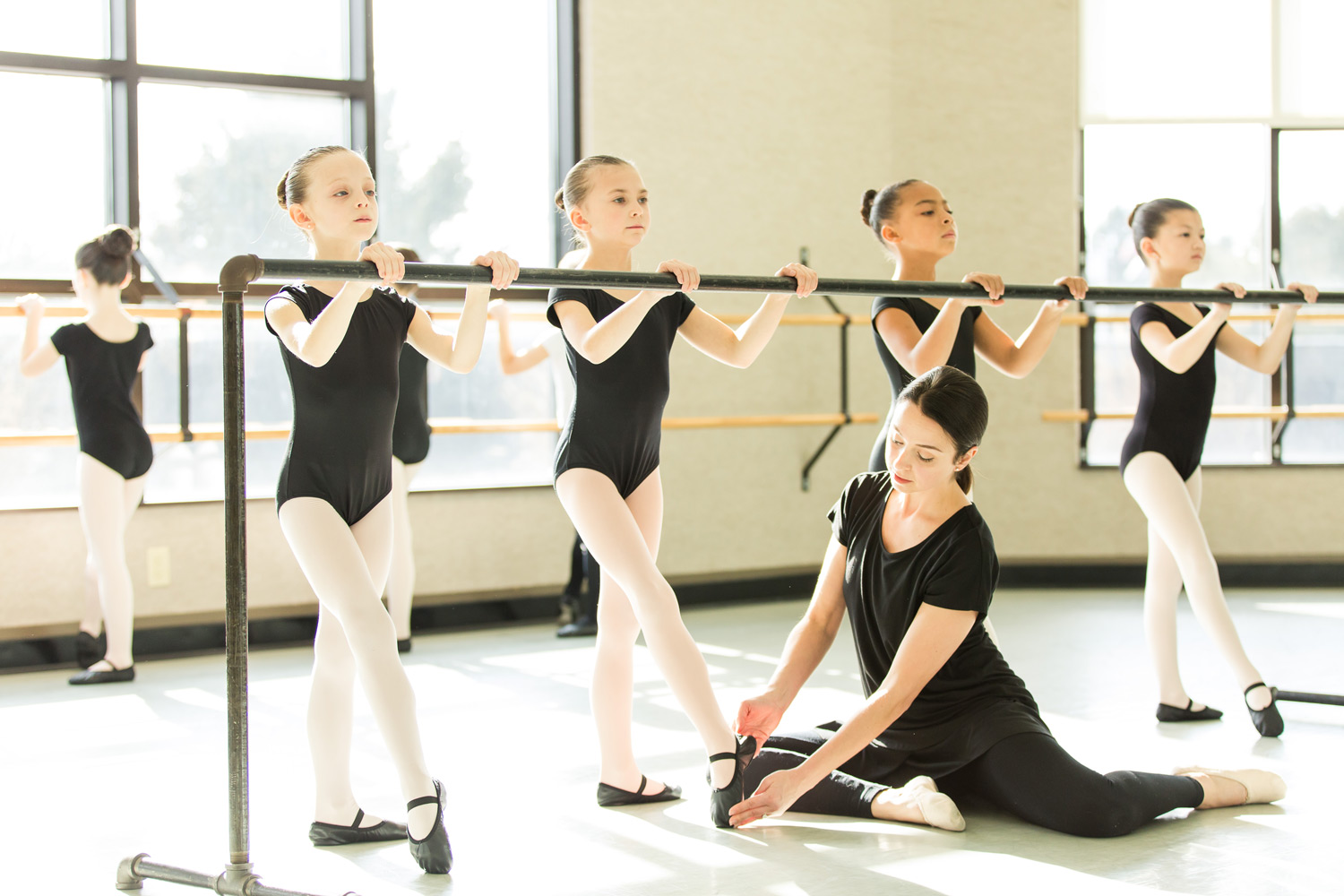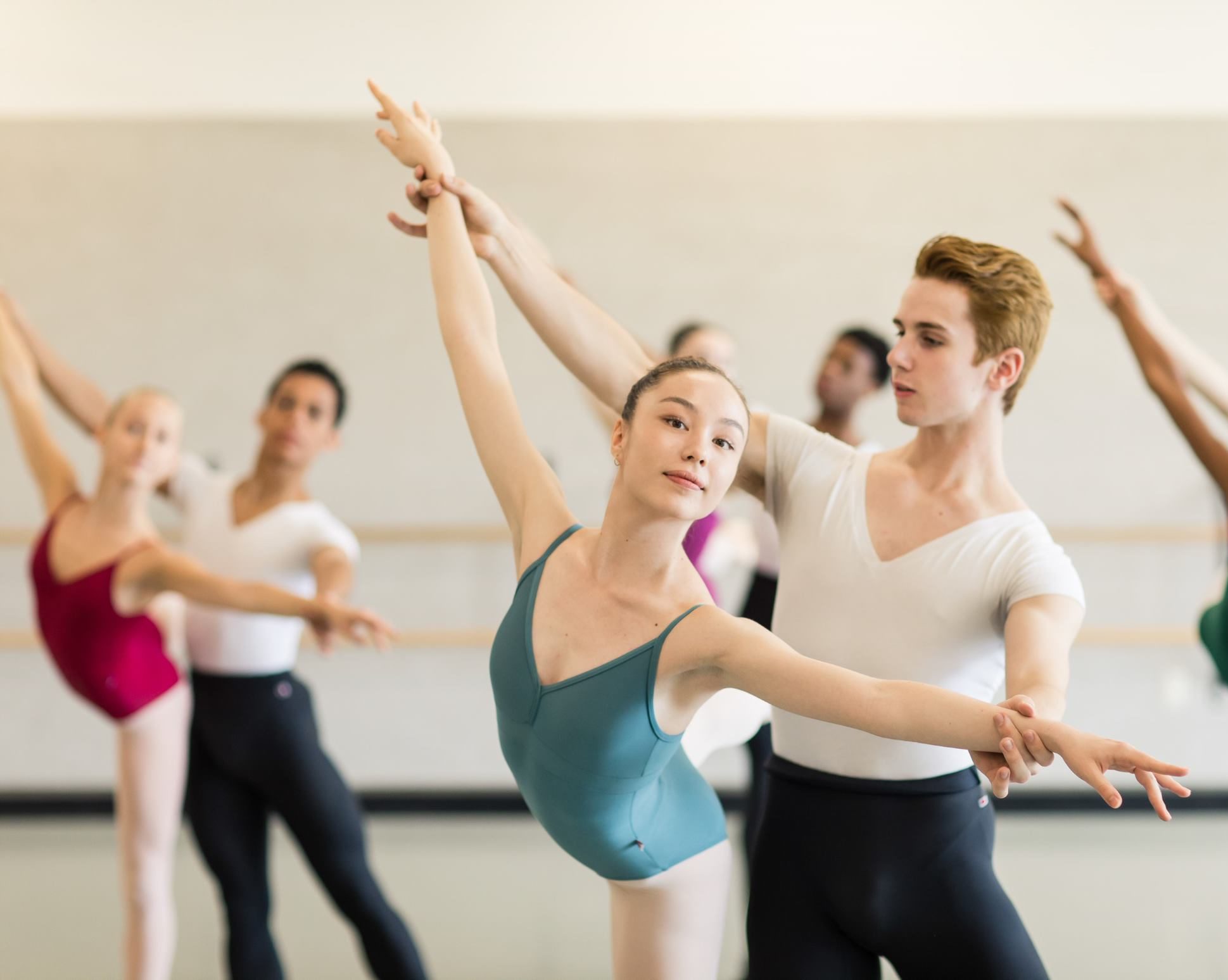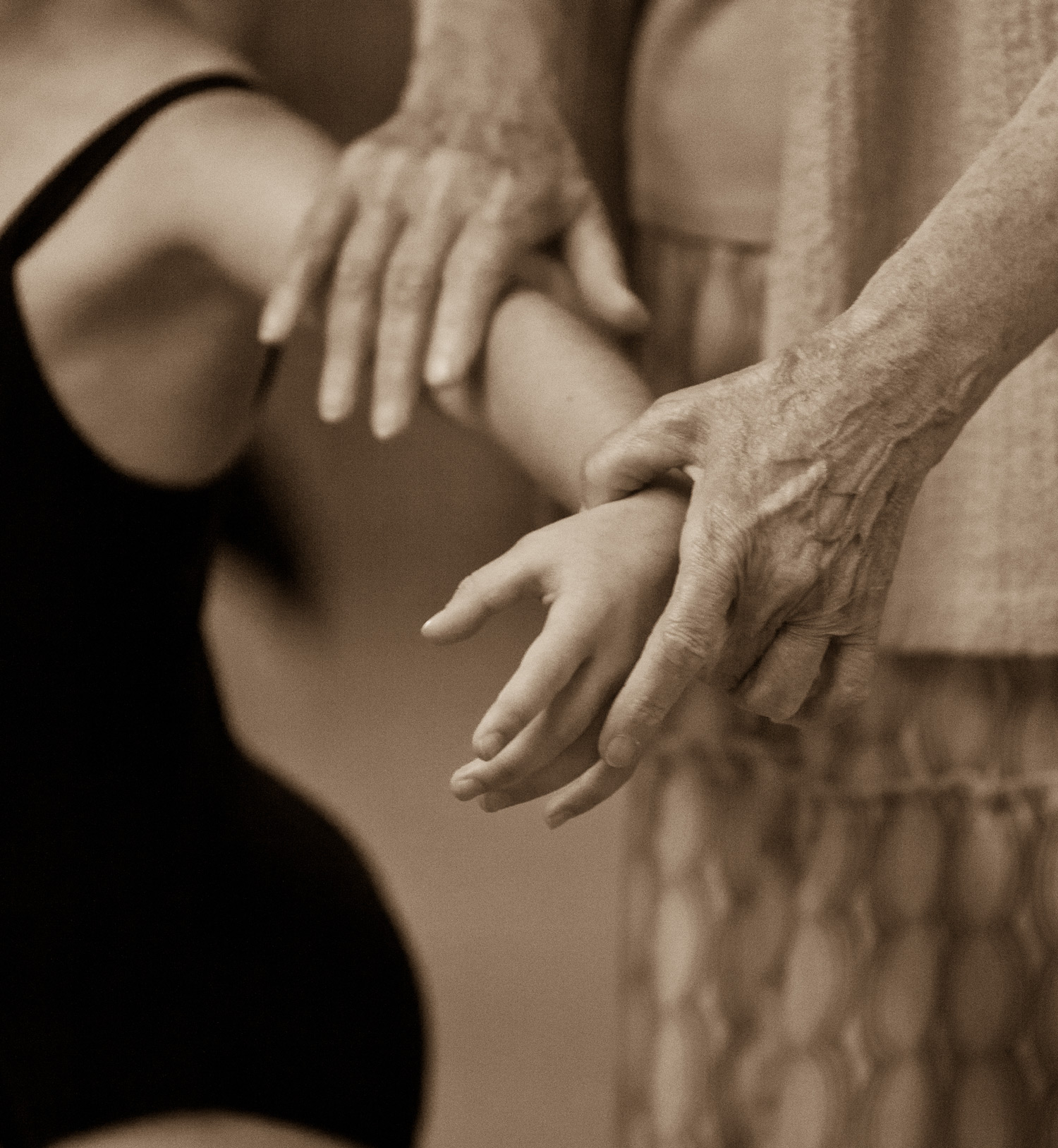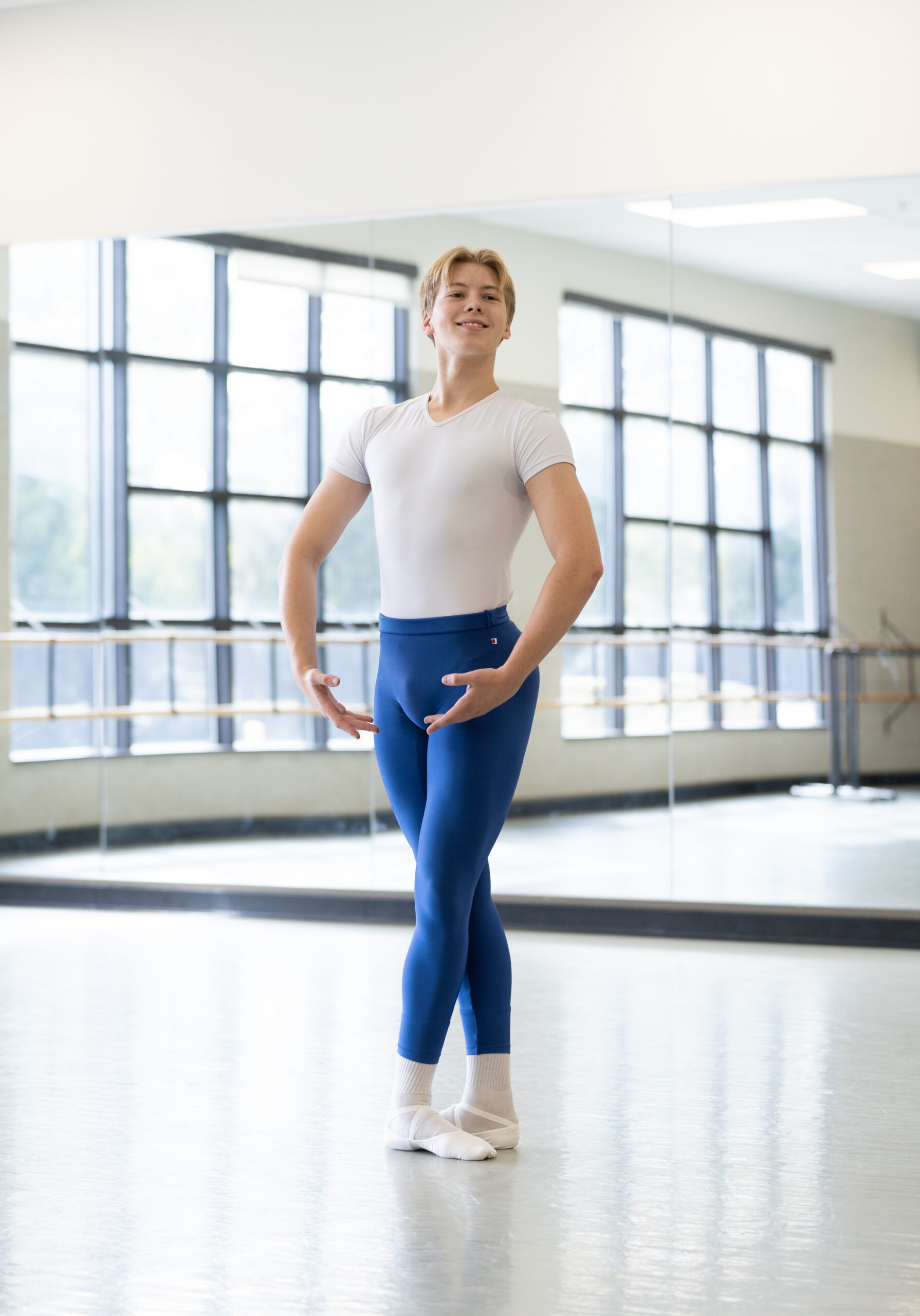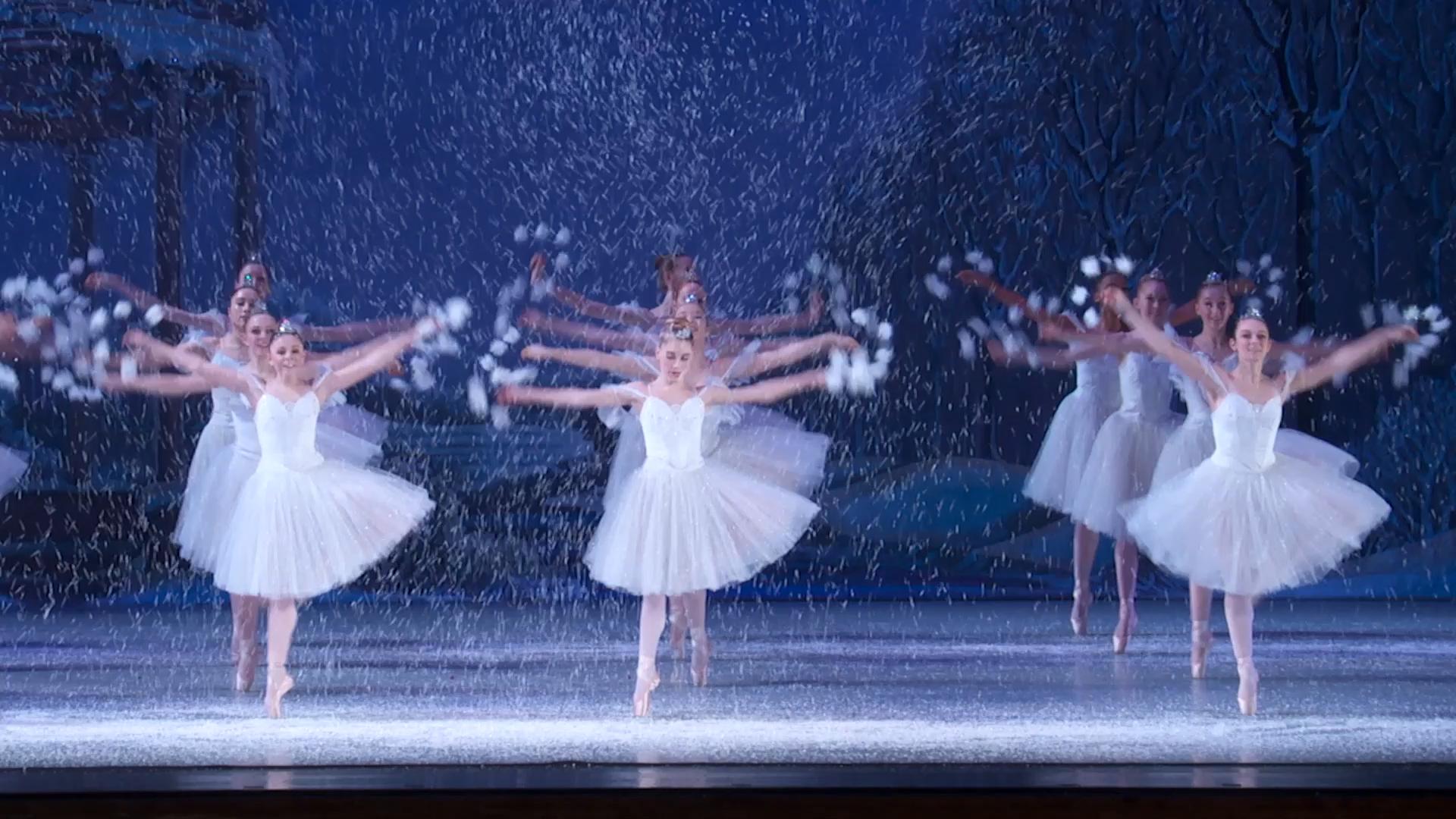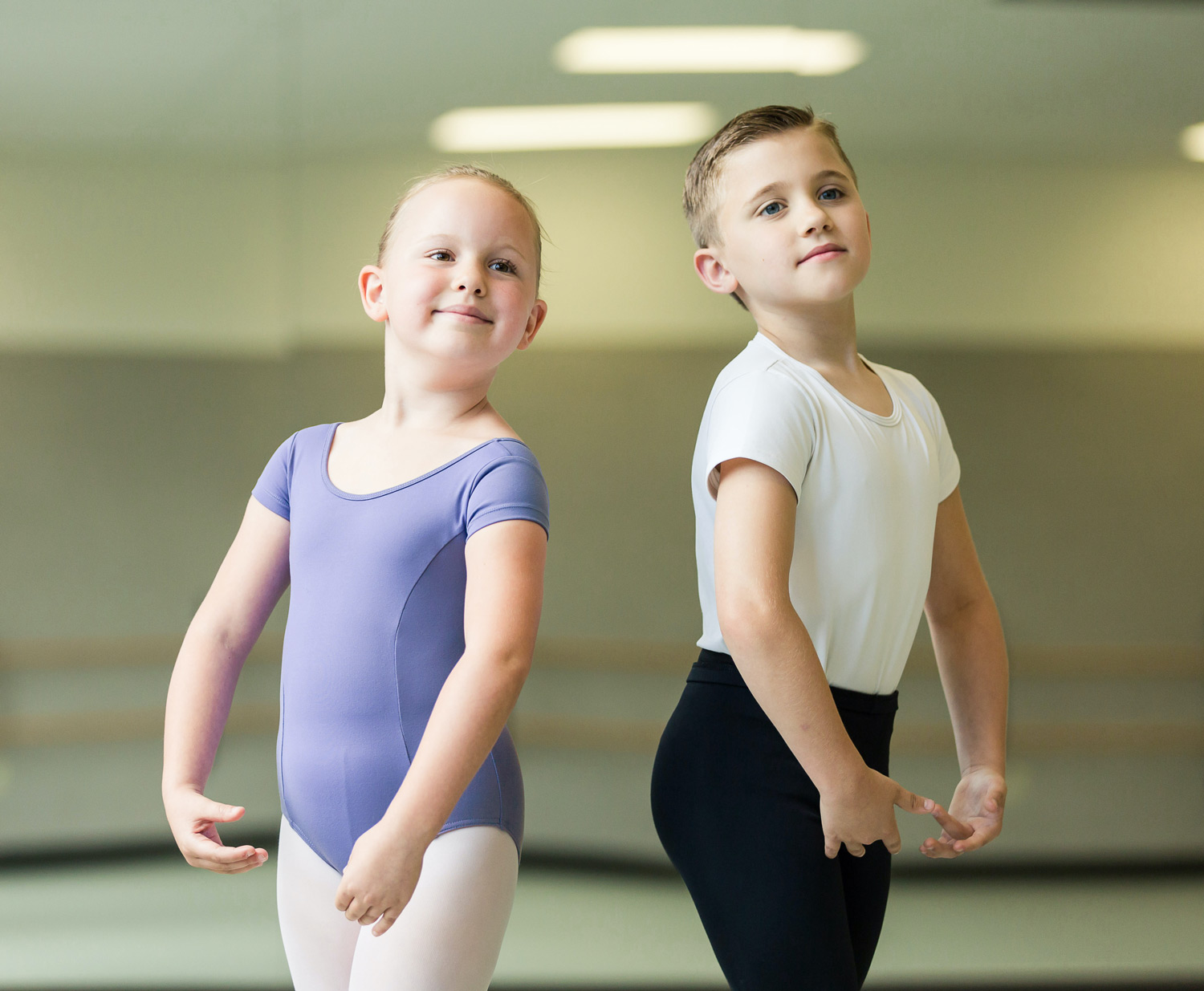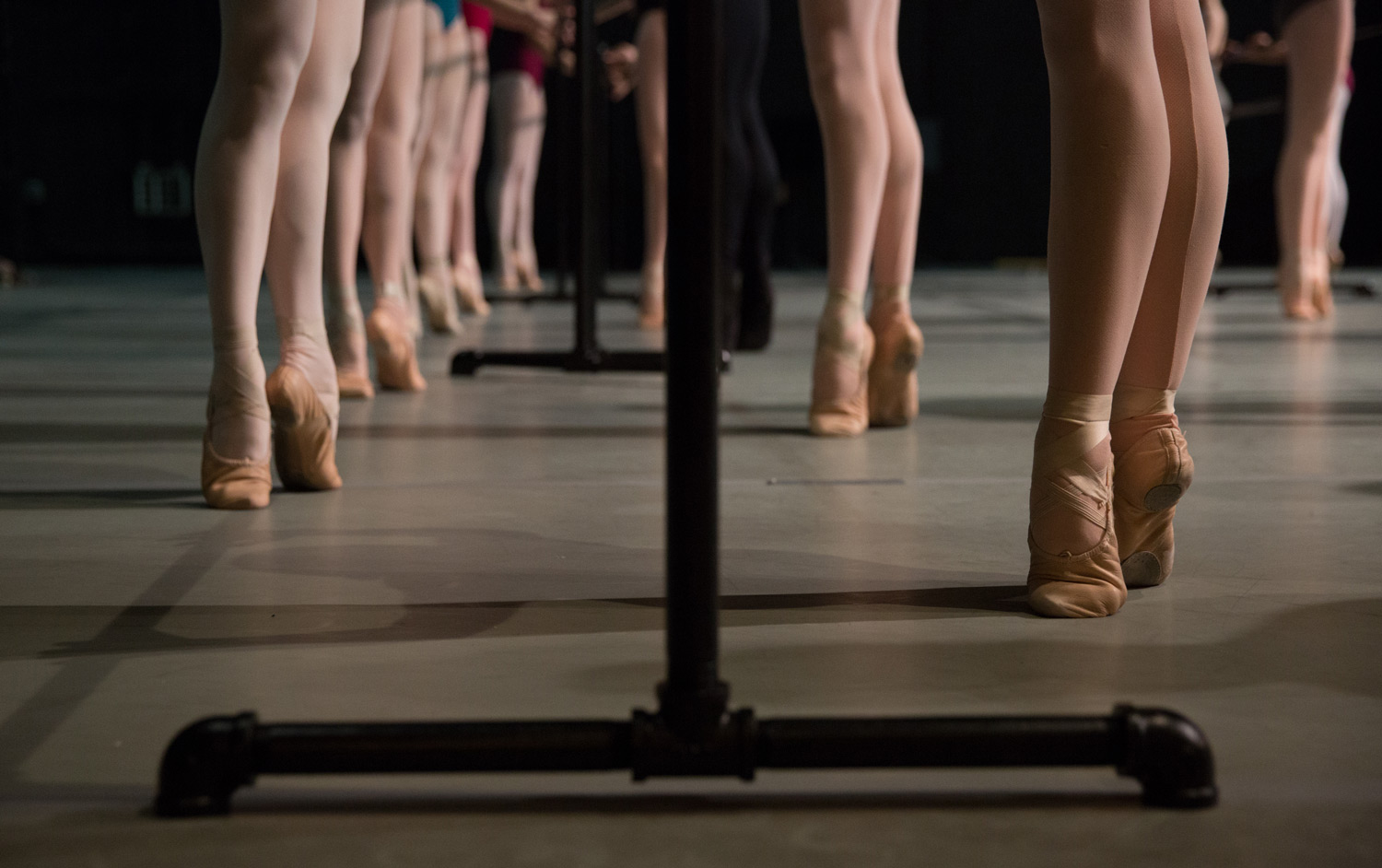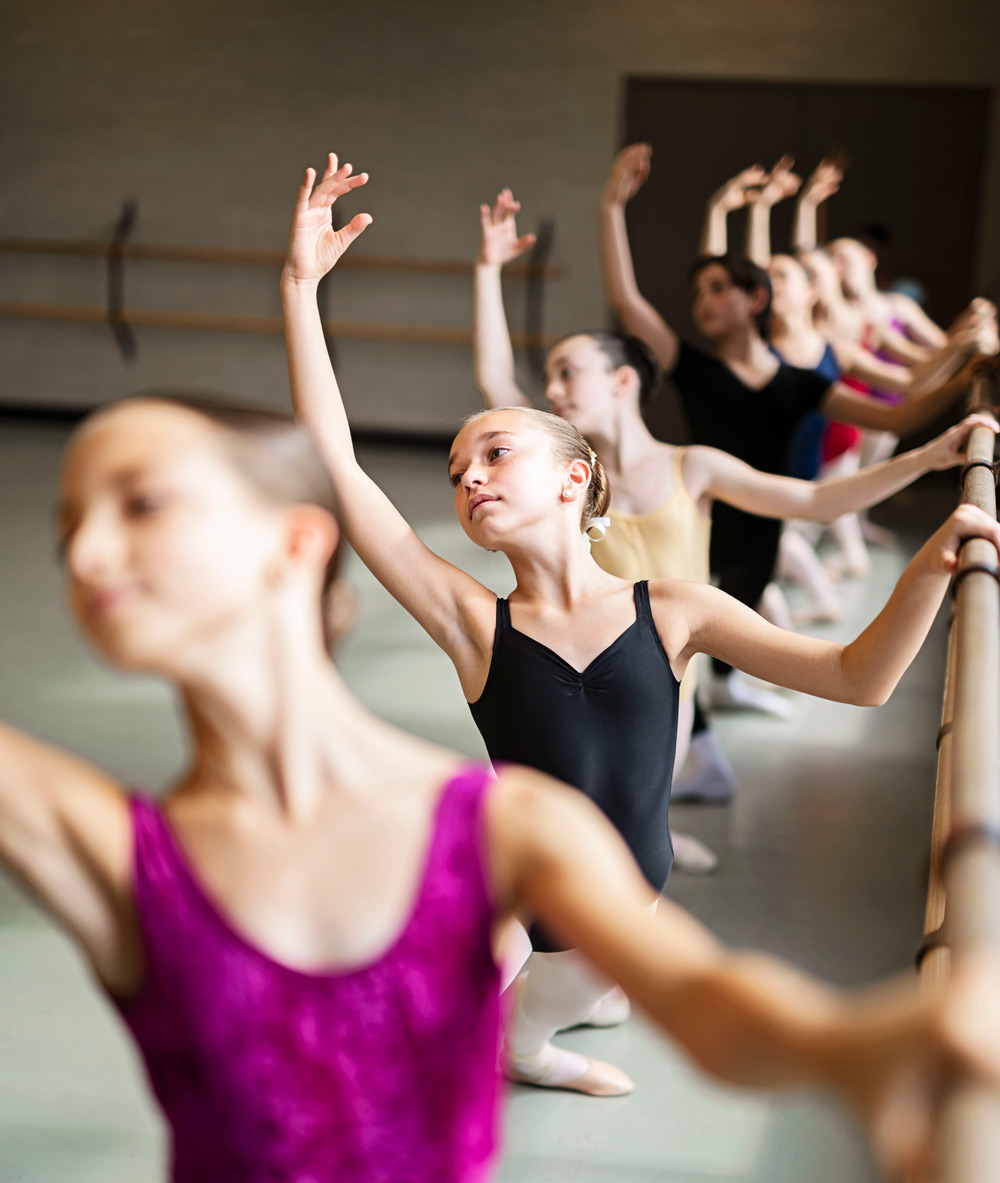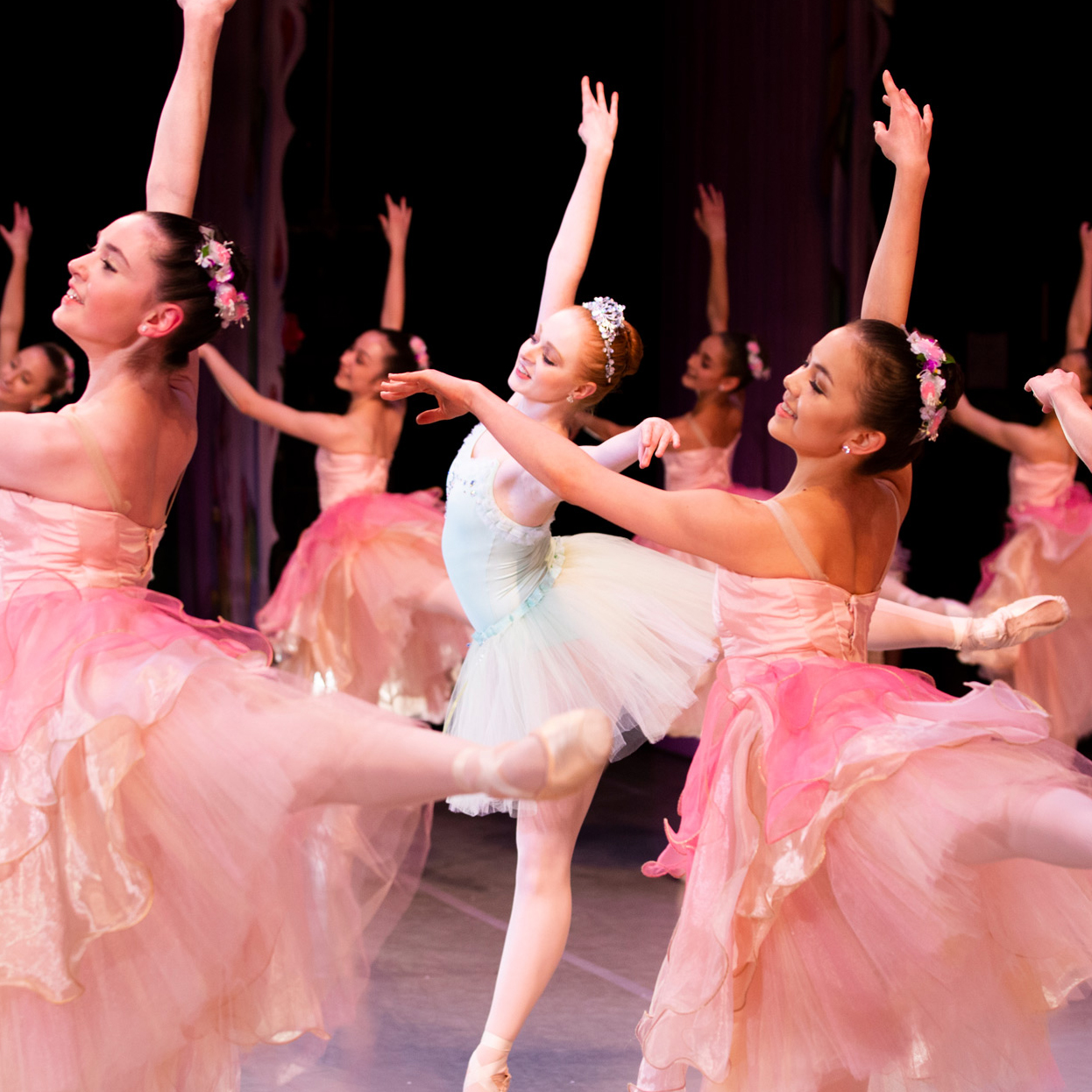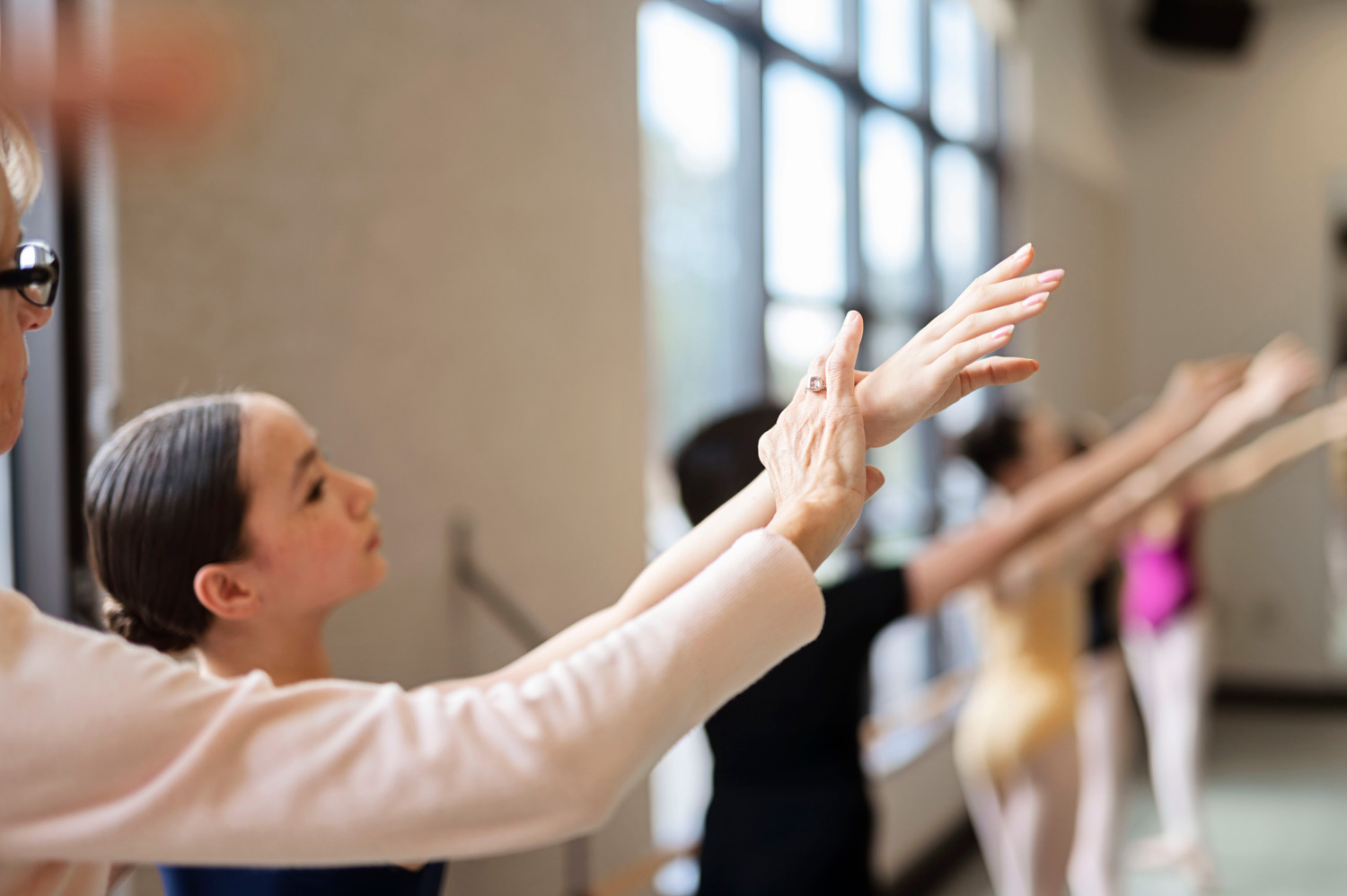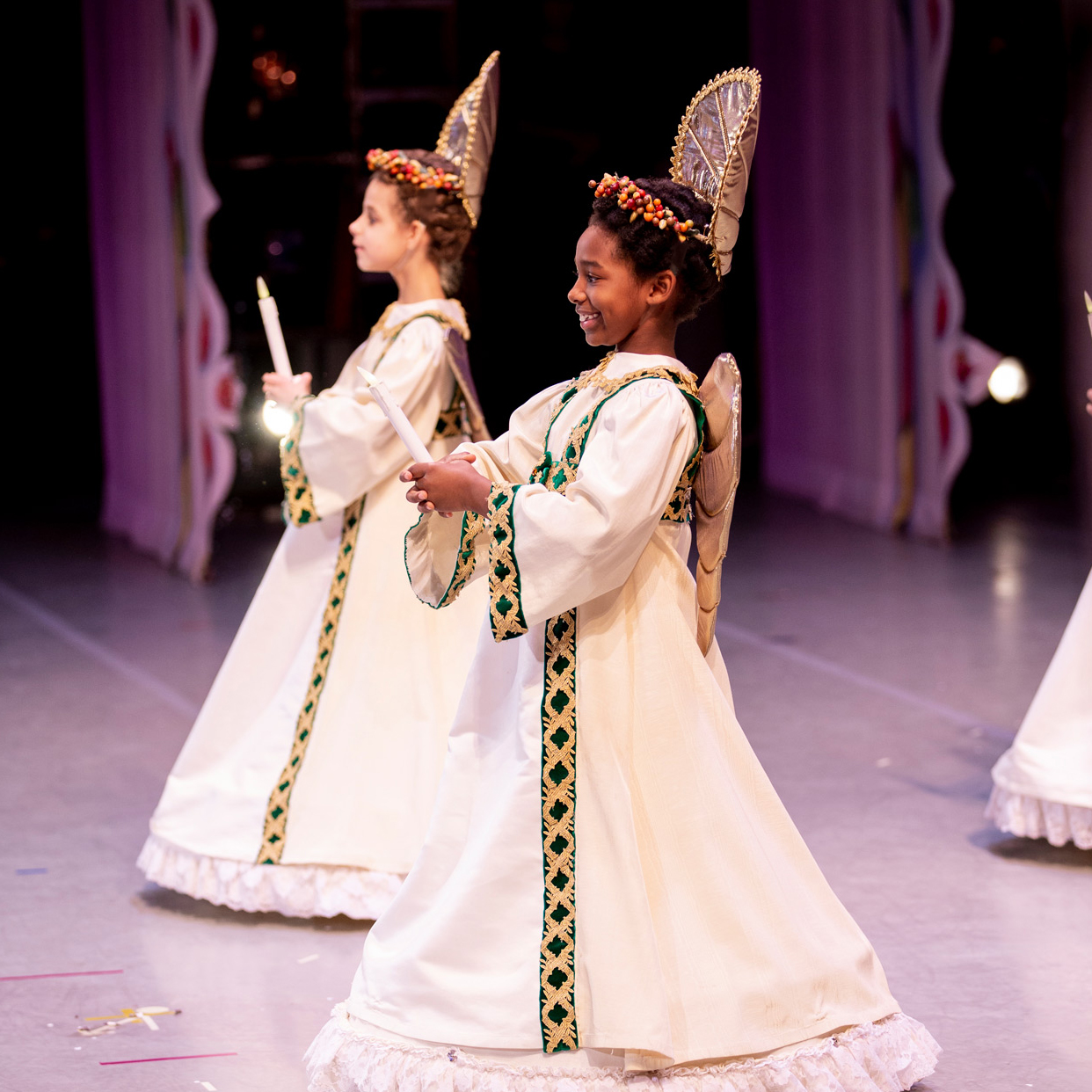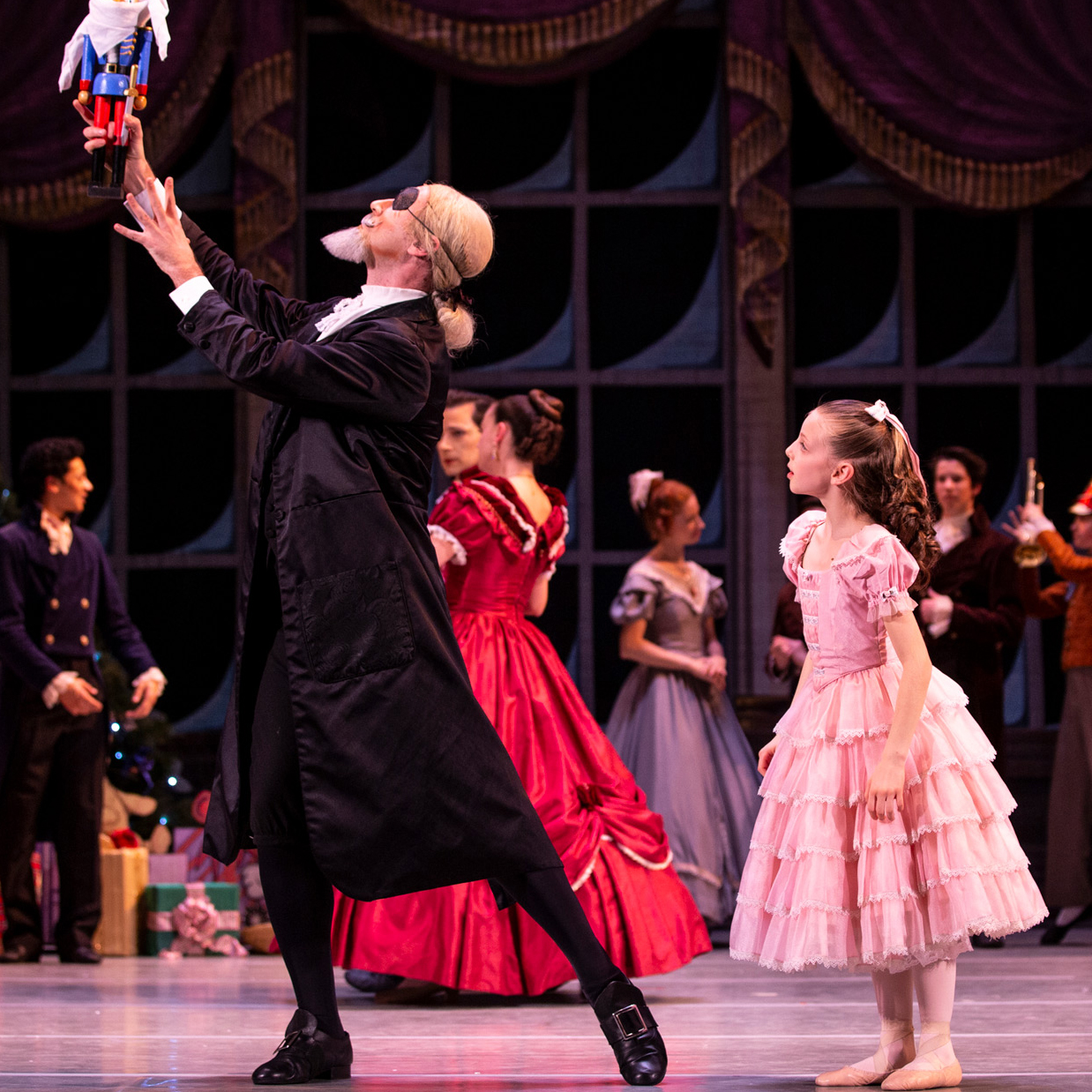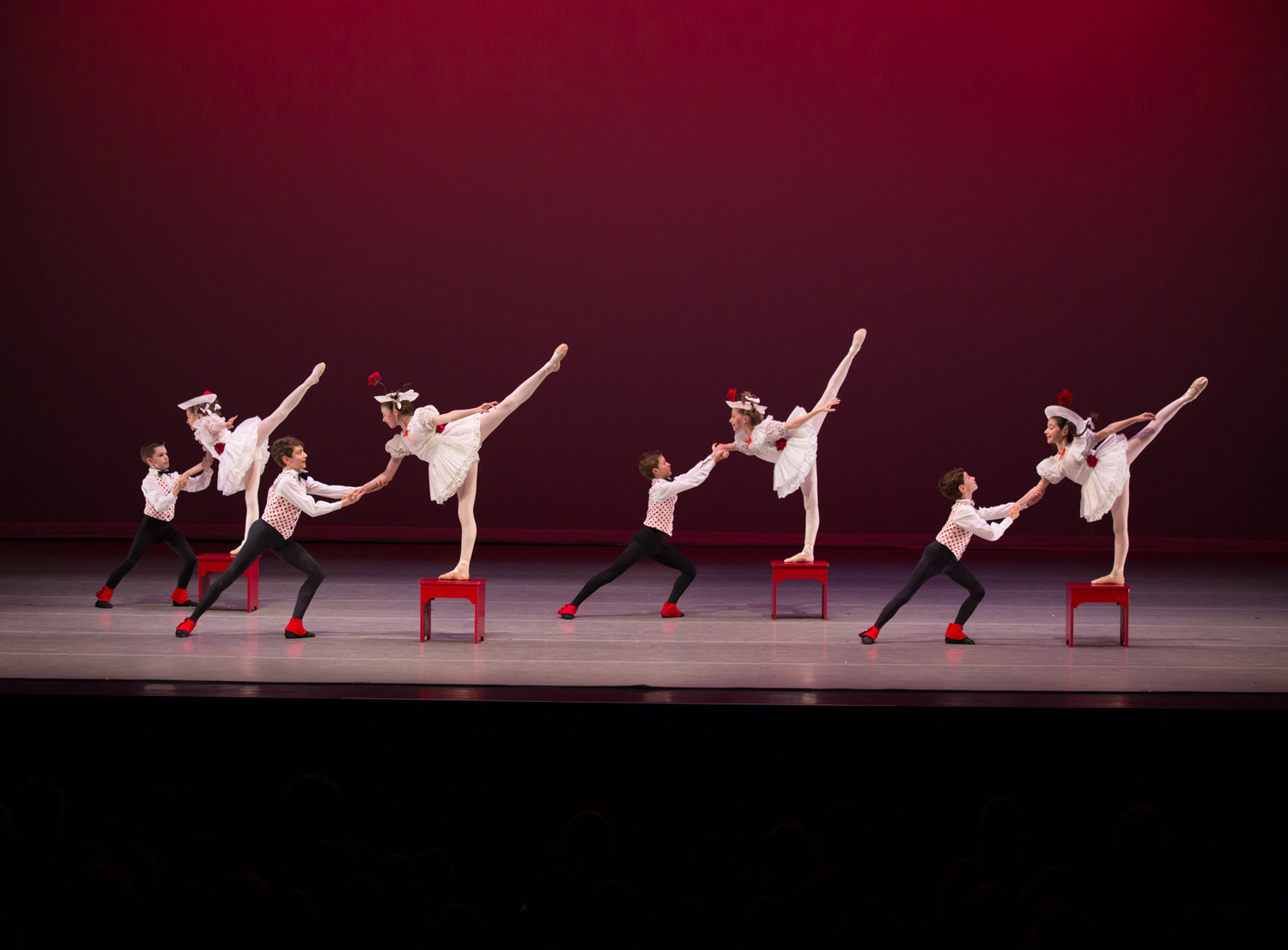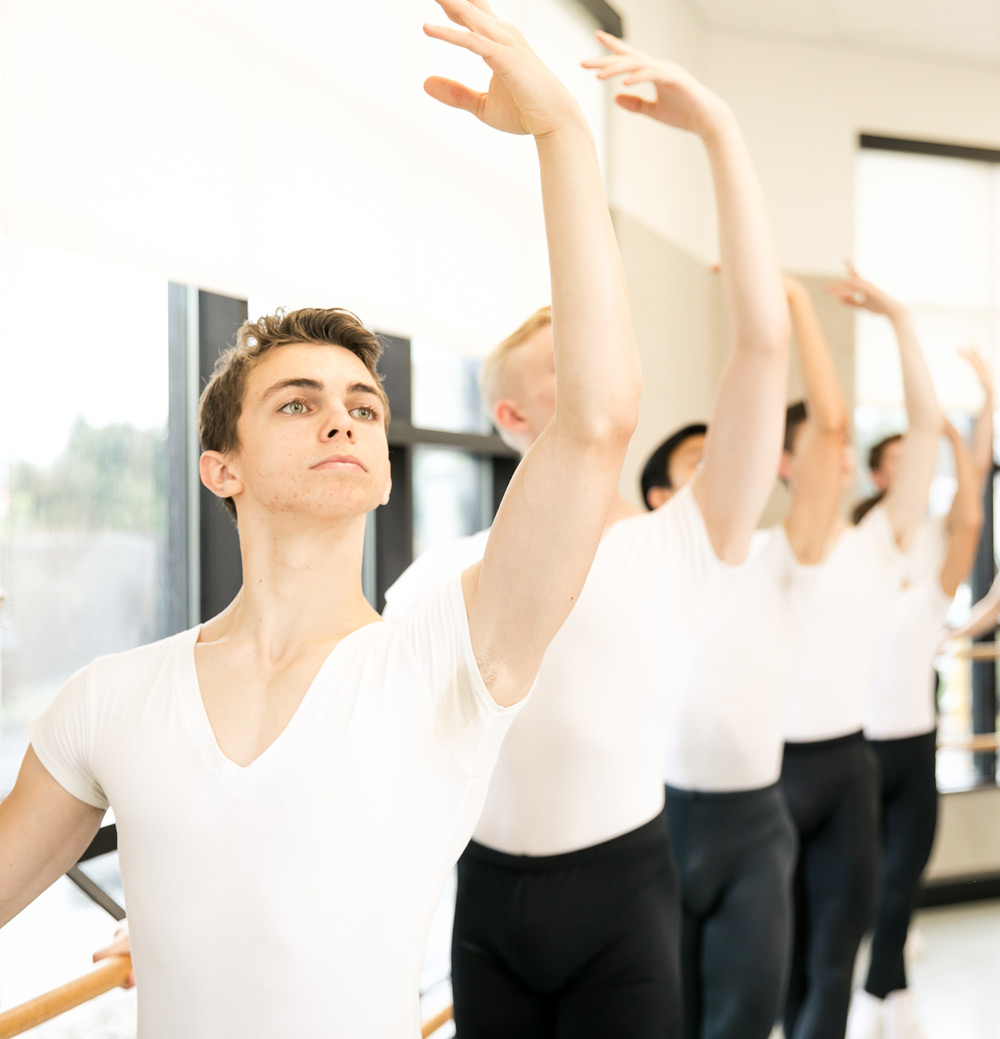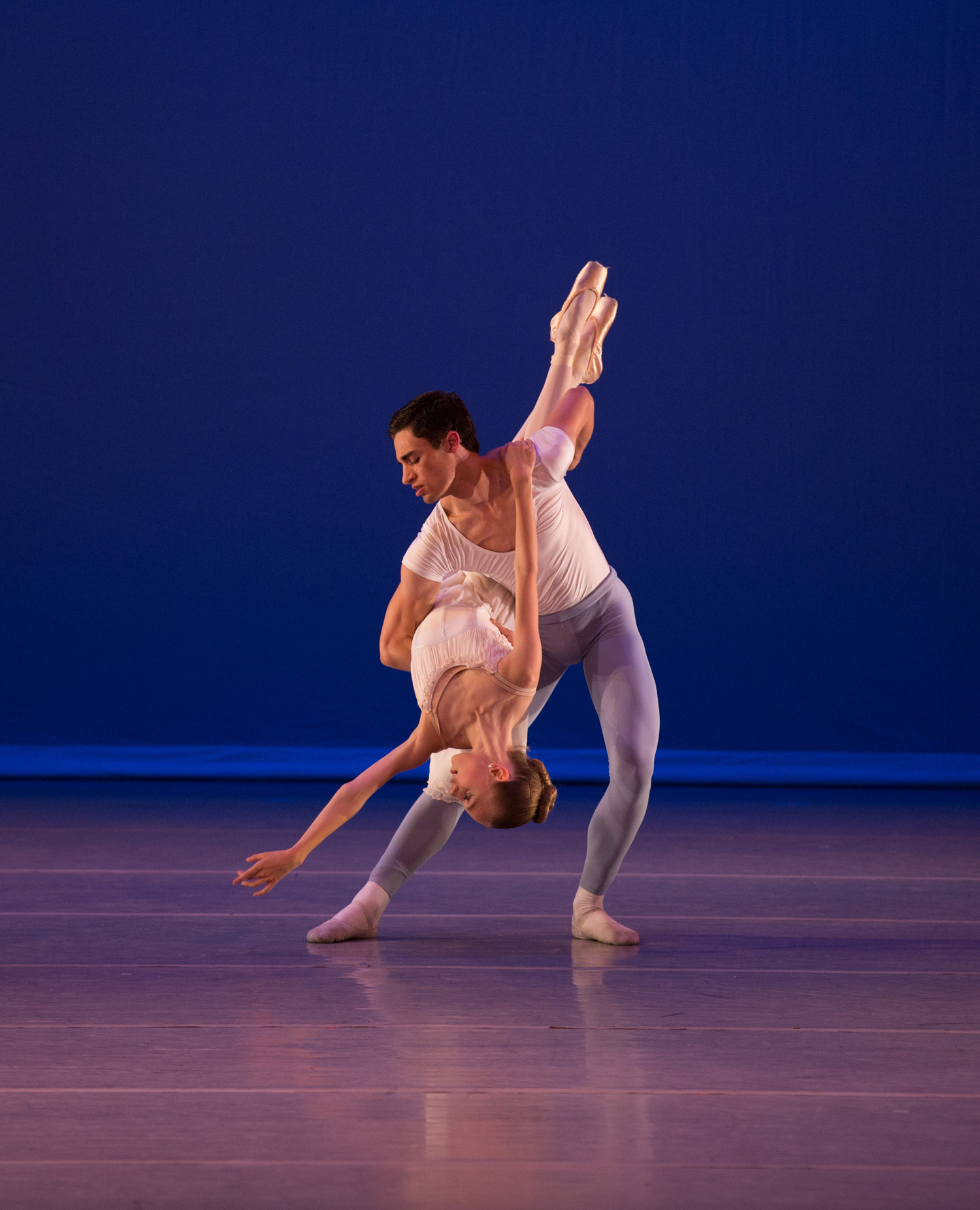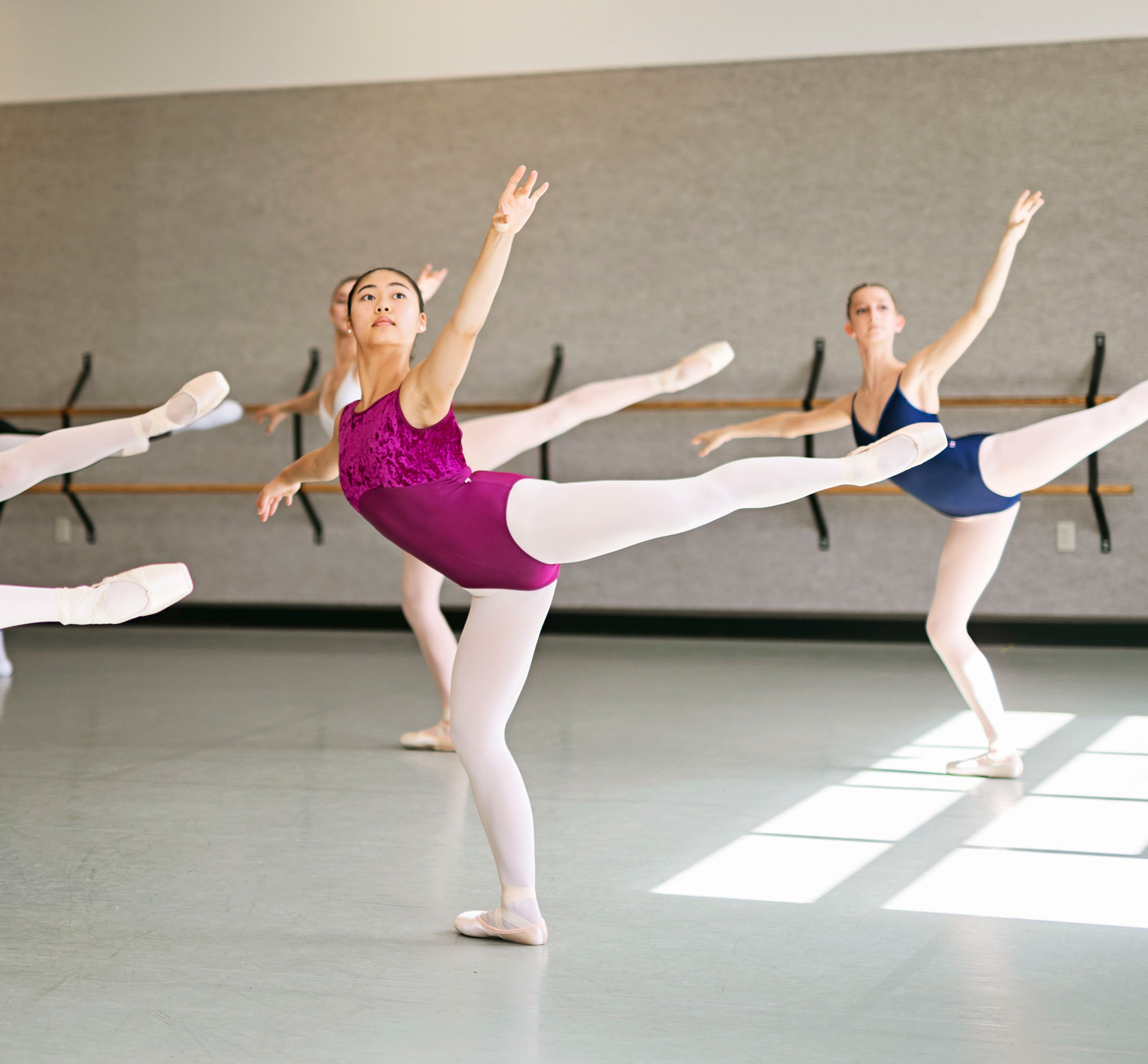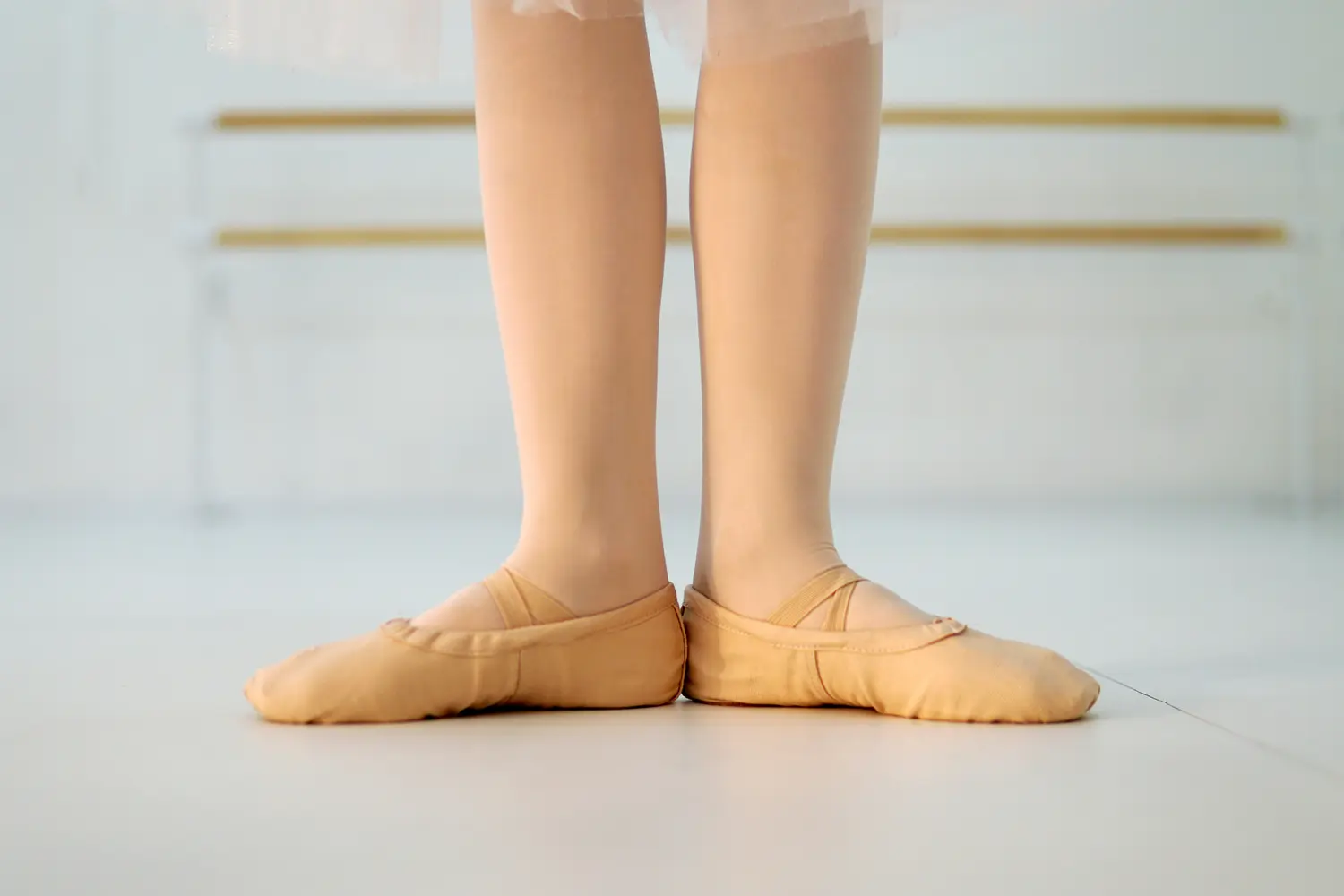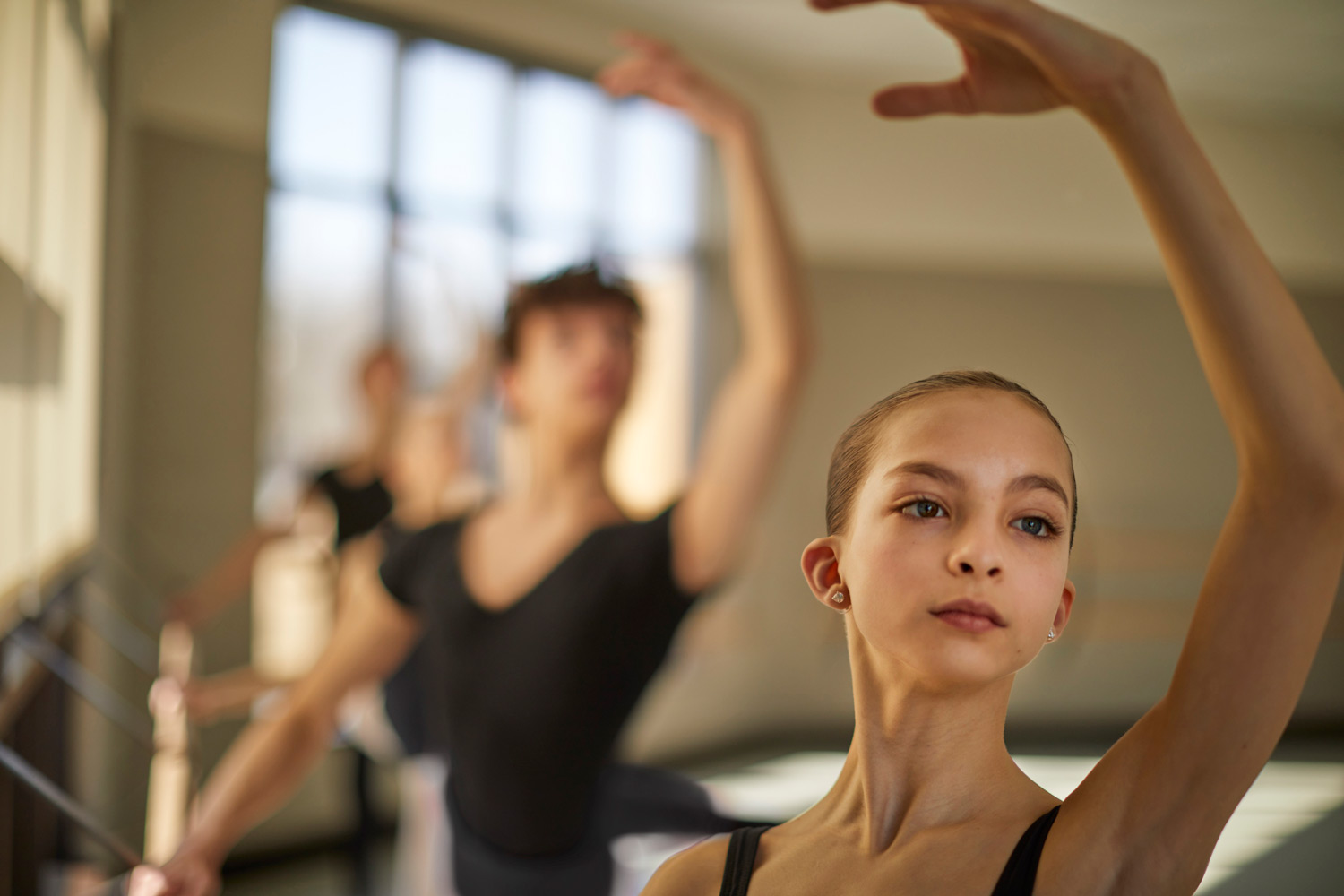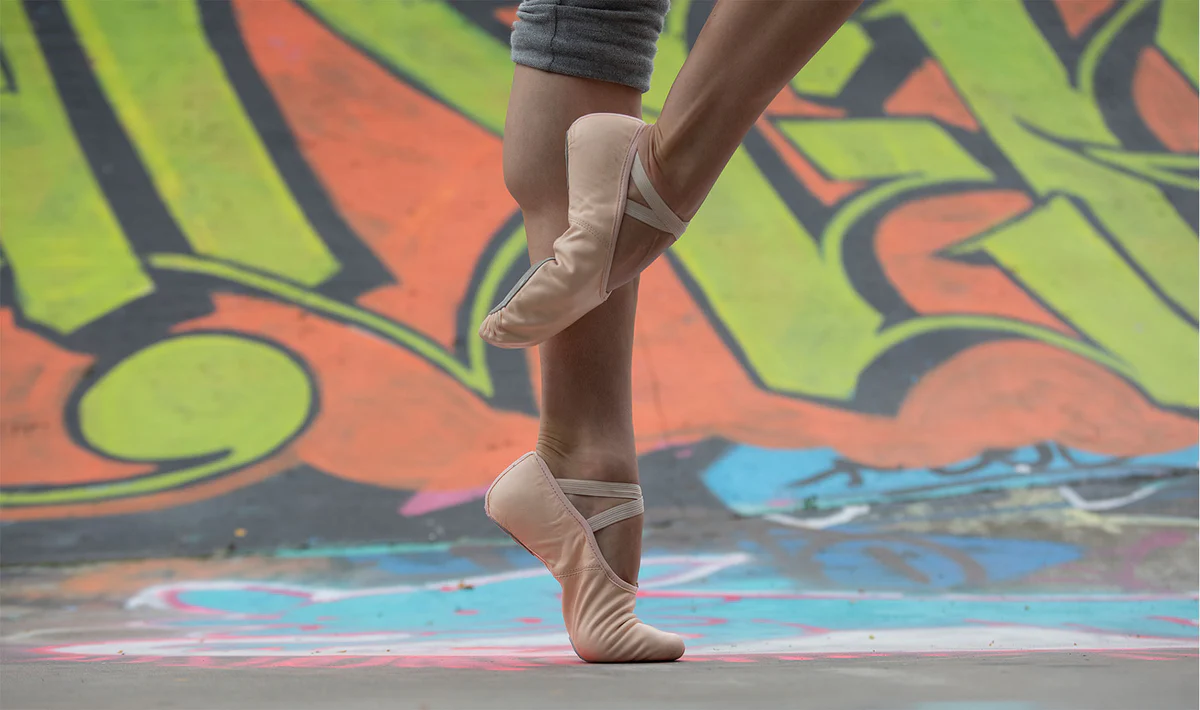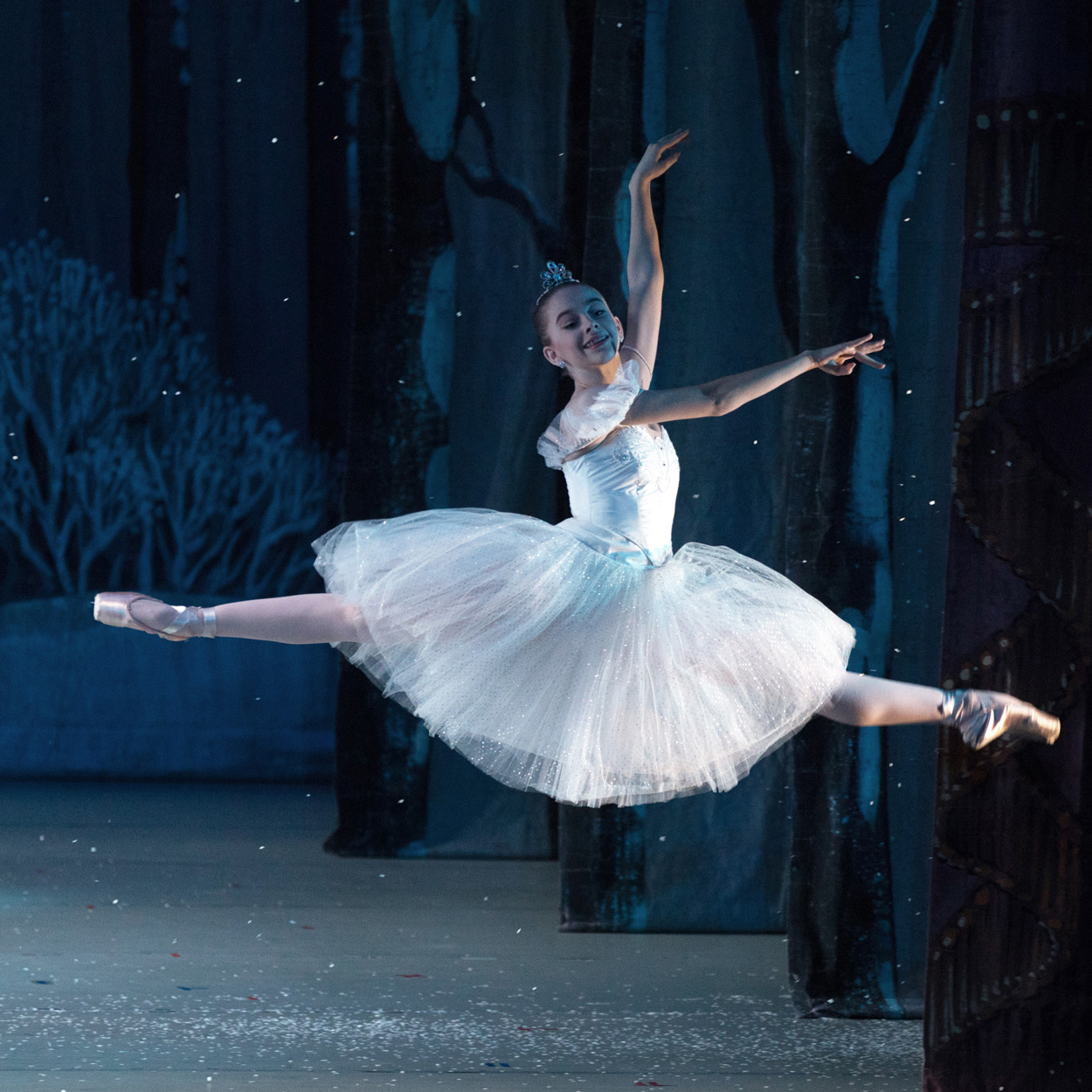Organized sports are a popular way for high-energy young children to burn off energy. If they’re not interested, what else can they do to improve their coordination and social skills? Since you’re reading this post, chances are you’ve never set a slippered foot into a ballet studio, and questions about children’s ballet are jumping around in your head like a sugar plum fairy.
Let’s open those studio doors and find out what goes on in children’s classical ballet lessons. You might just decide that a ballet studio is where they belong.
How Young Can They Start?
A question you might wonder is what age is appropriate for a child’s first ballet class. Kids as young as three can benefit from children’s ballet, although when you’re looking for classes, they might be billed as pre-ballet or simply creative movement classes. In these classes, the focus is on refining the so-called gross motor skills – walking, running, and jumping – and leaning more into creativity than disciplined dance moves.
If your child is between three and six, your child’s first ballet experience will probably be in combination with a range of movements. Through these classes, they’ll be introduced to the rhythm and cadence of dance lessons. The variety of styles keeps youngsters from getting bored with one style of dance and its music.
Children around the age of six or seven have the attention span needed for formal instruction in ballet. At this level of beginner instruction, children’s ballet classes hone in on proper ballet techniques. For example, students will likely be introduced to the foundational positions. They’ll also start to learn the language of ballet as they learn moves like a plié (to bend) or tendu (to pointe).
Inside the Studio
Classical ballet as performance art began many years ago. Of course, performance led to a demand for instruction, and as time went on, a uniform method of teaching ballet emerged. To this day, instructors all over the world and in your local studios teach classical ballet in the same basic way.
The exception is toddlers and pre-ballet/creative movement. Though there’s a lot of leeway in specifics, a typical session for toddlers might go like this. The dancers form a circle and do some stationary movements. Next, they move onto galloping and skipping – those gross motor skills mentioned earlier. The session might wrap up with the kids moving in whatever manner they wish. This freeform dance time fosters their creativity and confidence as they learn more about what their imaginations and little bodies are capable of.
Older students experience the more formal class structure, the one that has been around for a few hundred years. The barre – a balancing rail along the wall – won’t be part of a child’s ballet class until they’re at least five or six. Because proper form is essential in ballet, barre work allows dancers to practice moves like pliés and tendus while holding form. Repetition of these moves builds strong muscles.
After the barre work is completed, dancers move to the studio’s center. The adage section features larger, but slower movements intended to develop a dancer’s balance away from the barre. Next, it’s time for practicing pirouettes, followed by petit allegro (small jumps), and grand allegro (big jumps).
Next Steps
Now that you know a little bit more about what you might expect at your child’s first ballet class, it’s time to talk it over with them to gauge their interest. They might give it a try and fall in love, setting them up for a lifelong appreciation of ballet, if not a career as a dancer.
Finding children’s ballet classes is as easy as searching the internet for local studios. One choice to consider is Central Pennsylvania Youth Ballet in Carlisle, PA. Both girls and boys learn coordination and ballet vocabulary in a setting designed to encourage their development and instill confidence. You can learn more by visiting the CPYB website.
